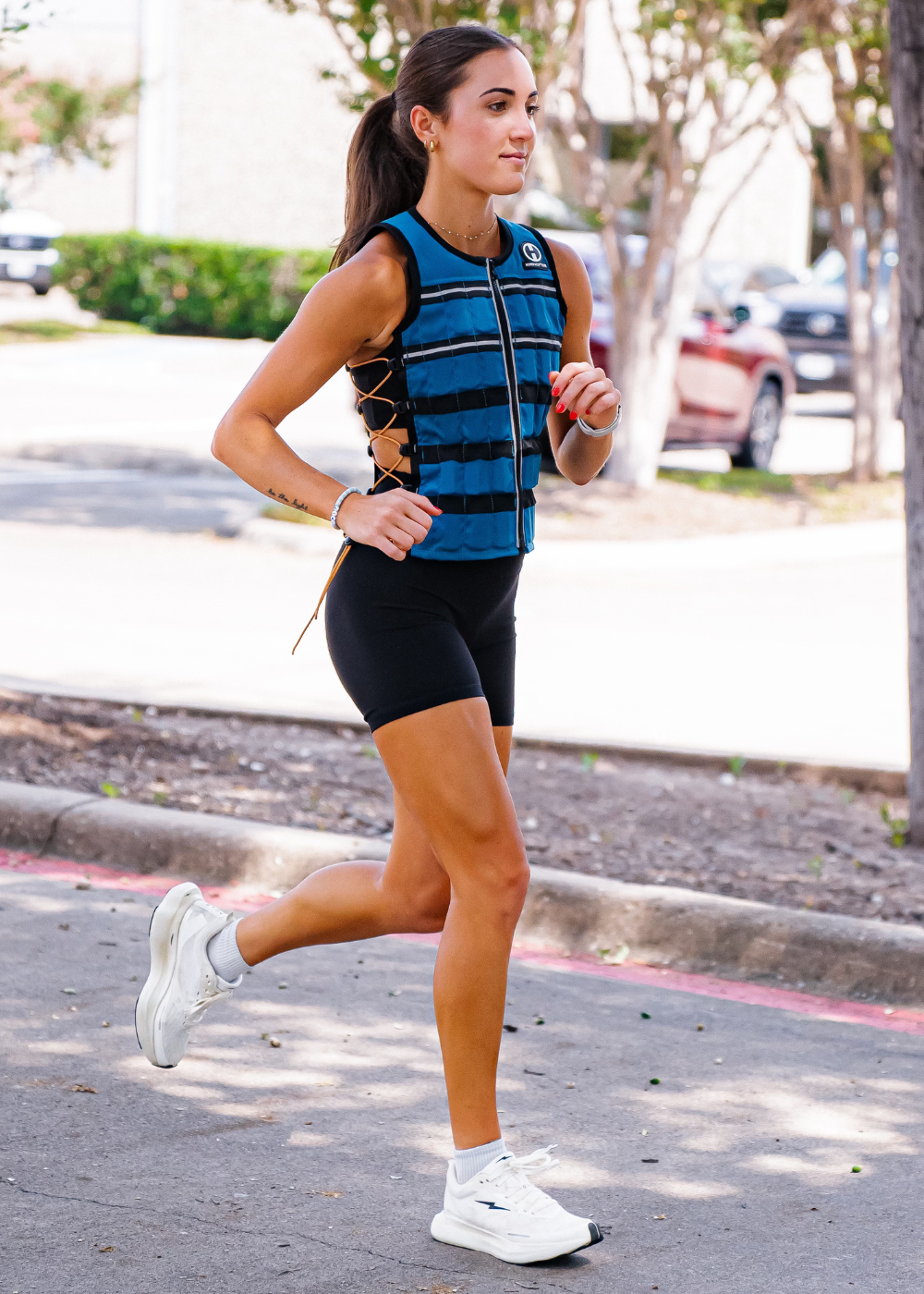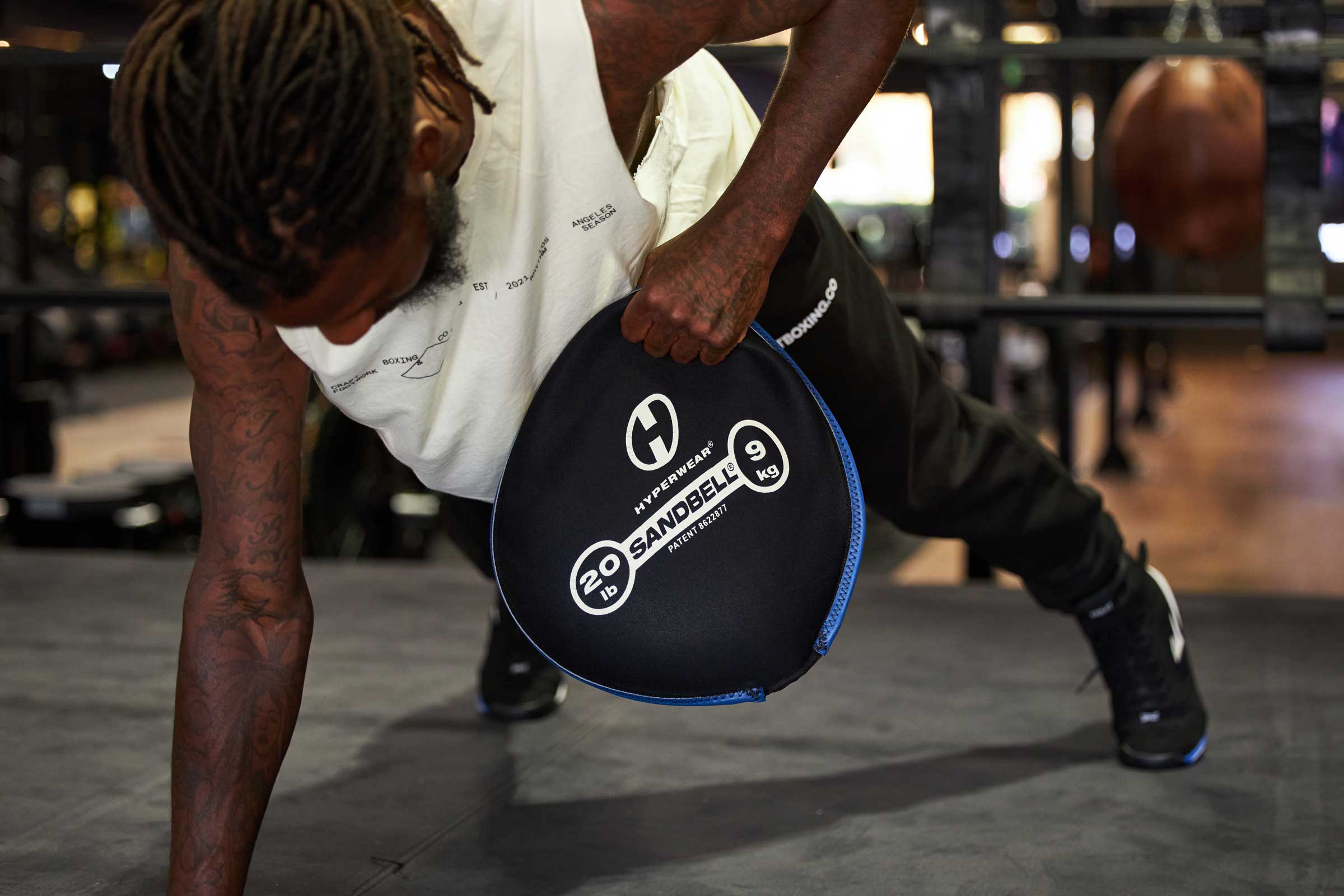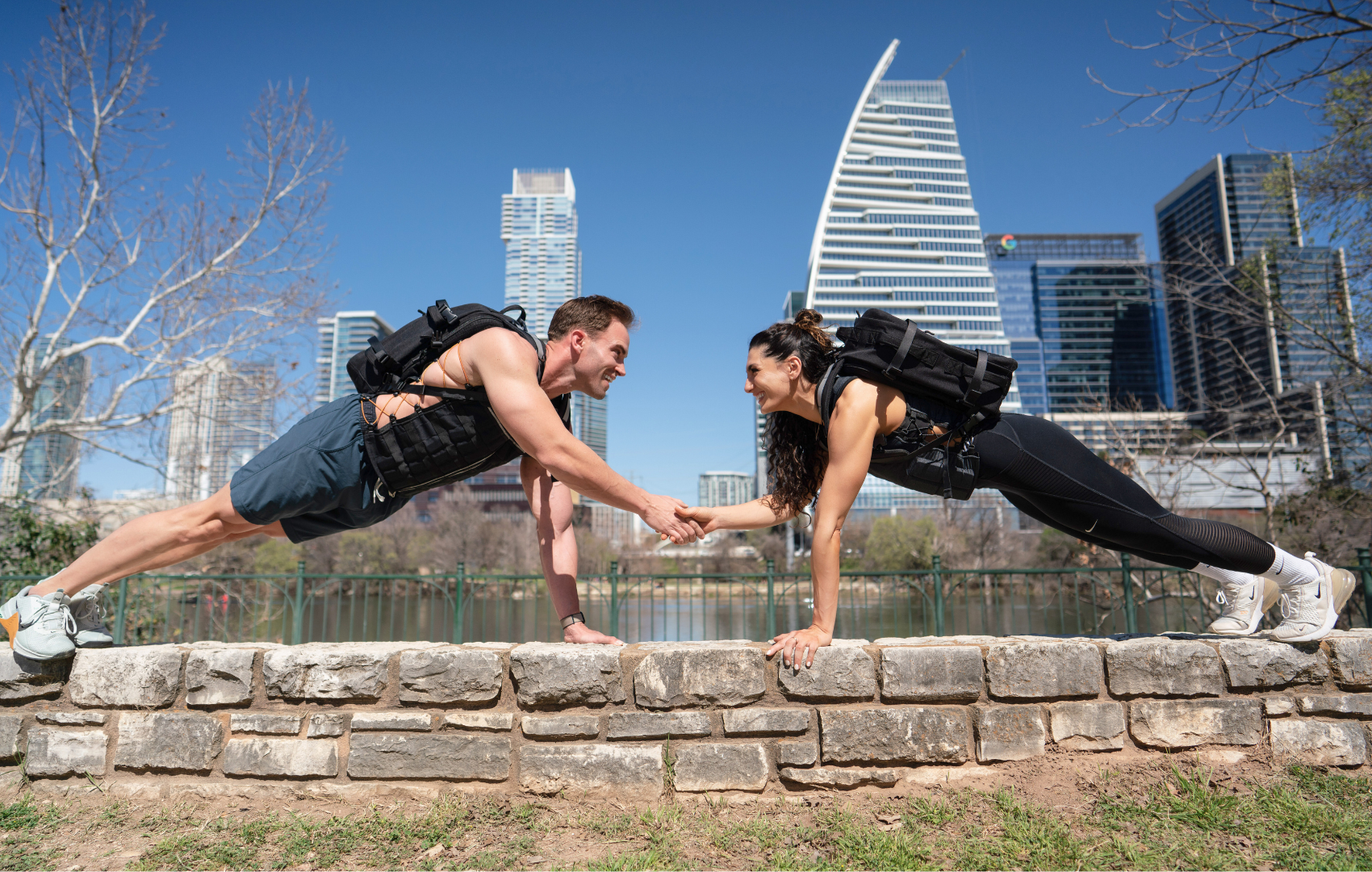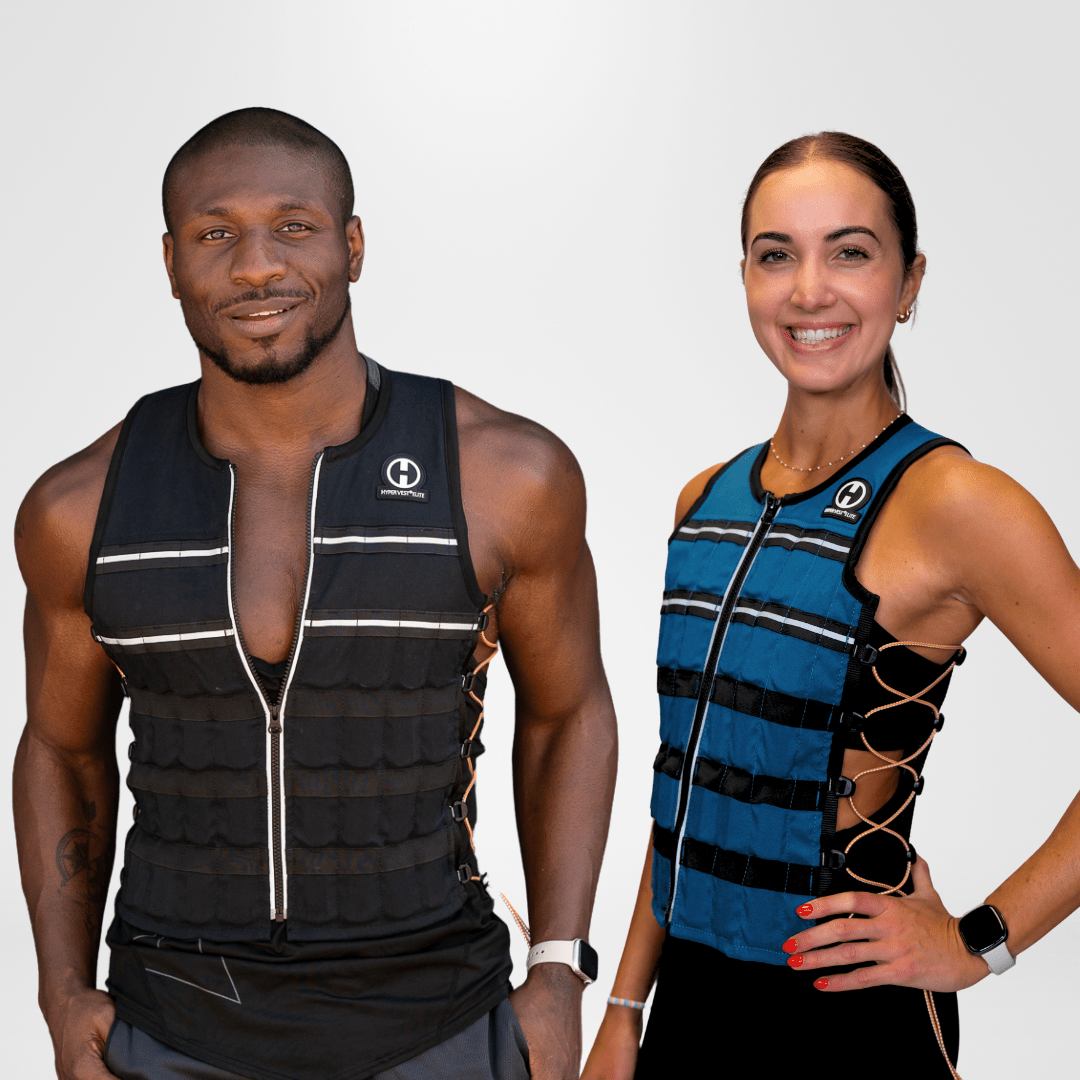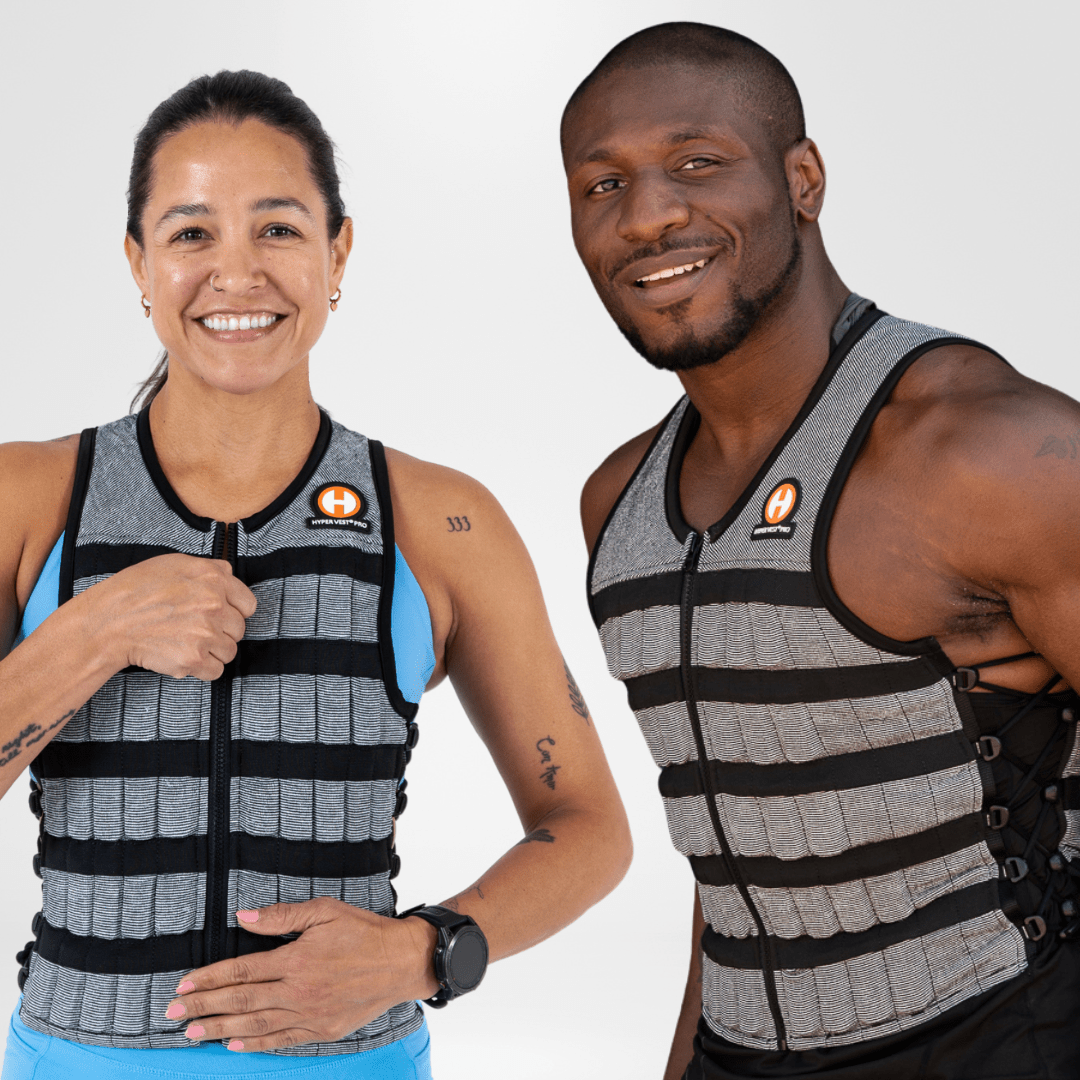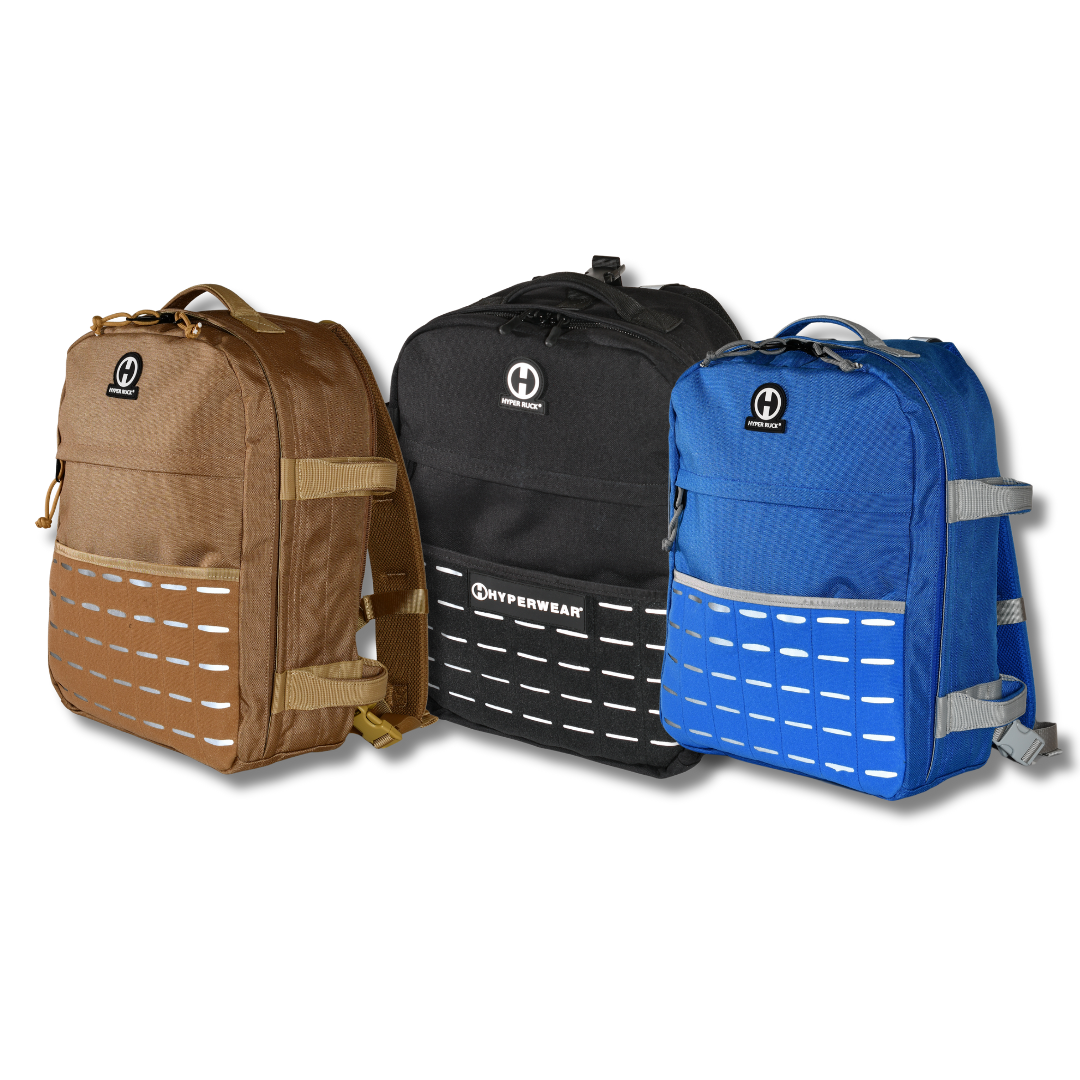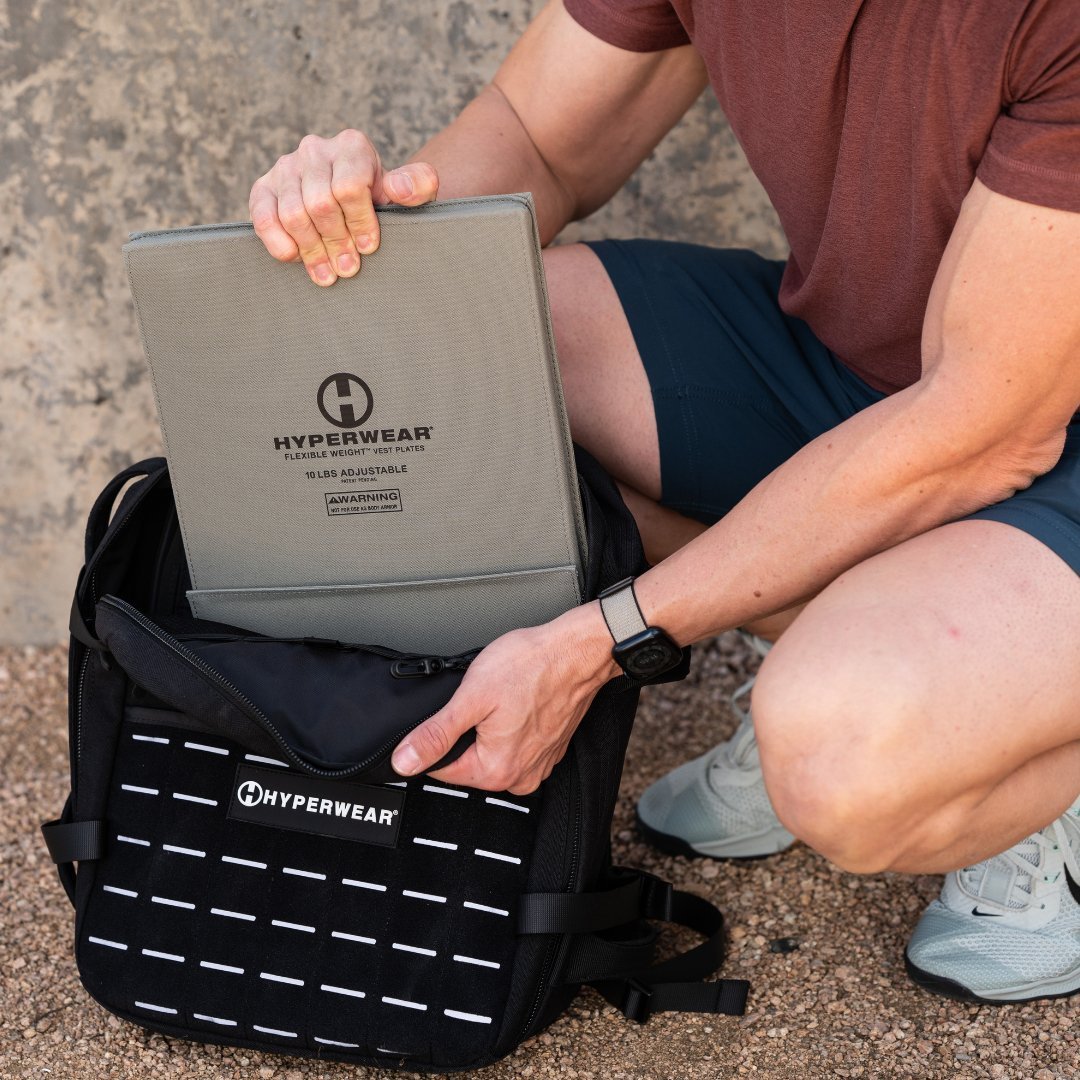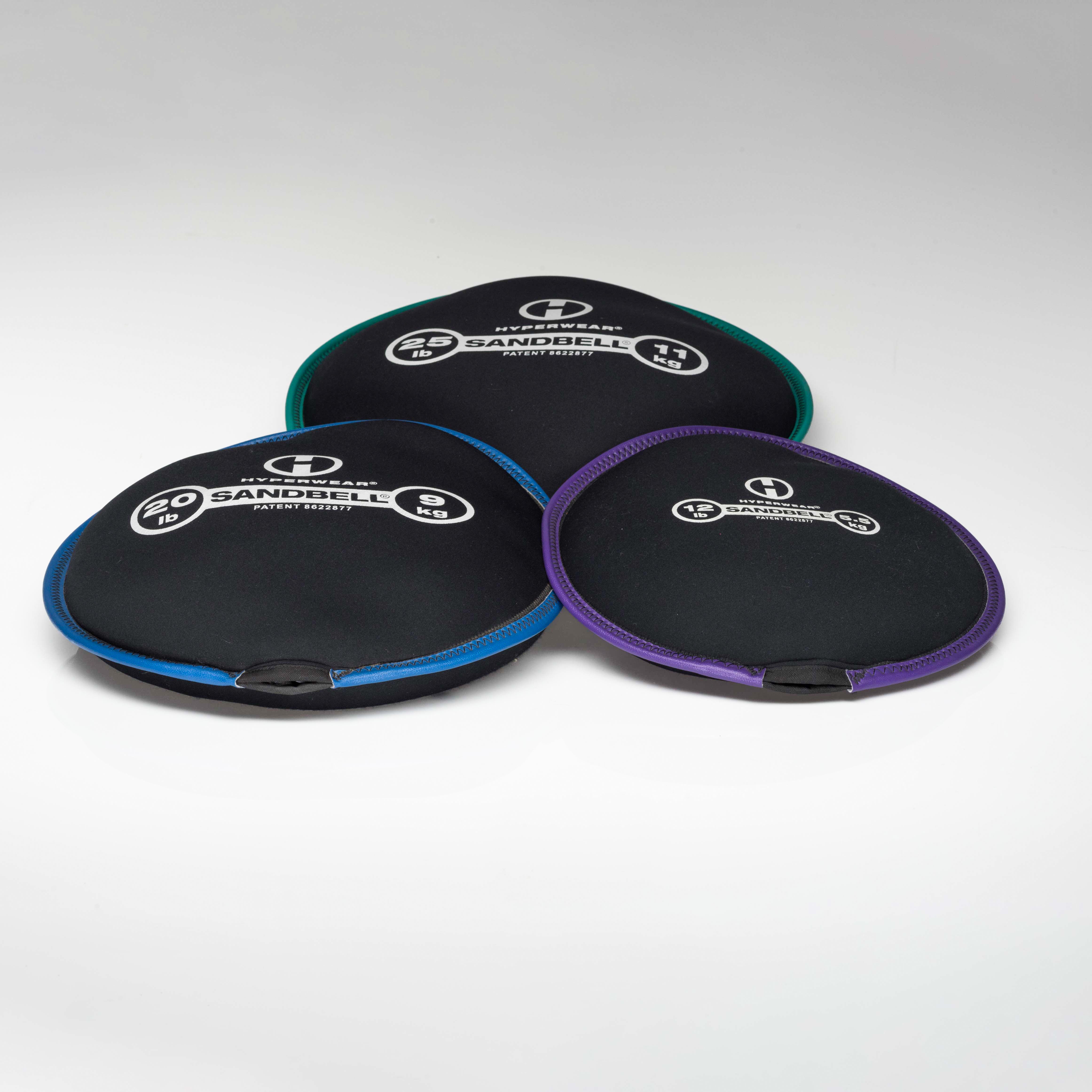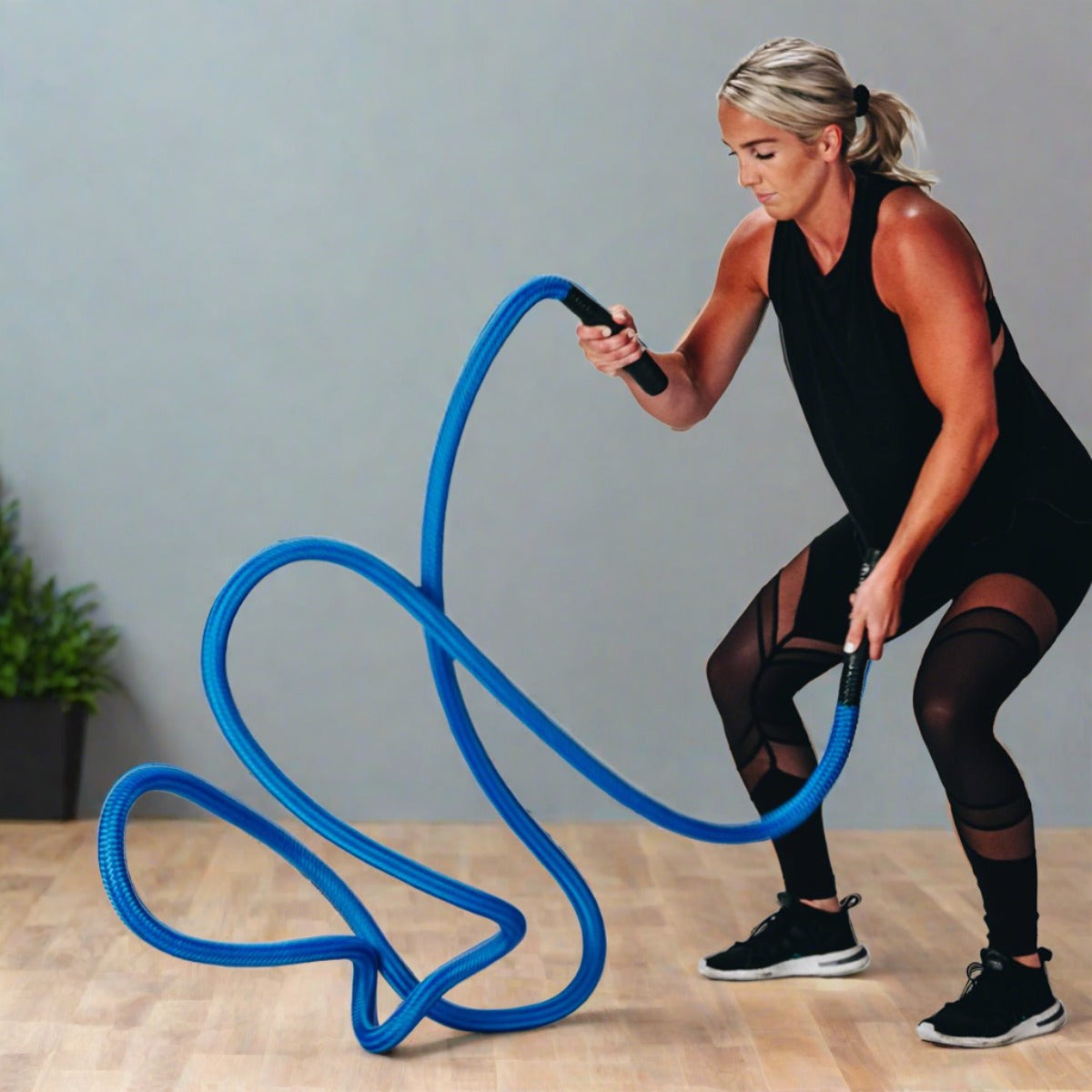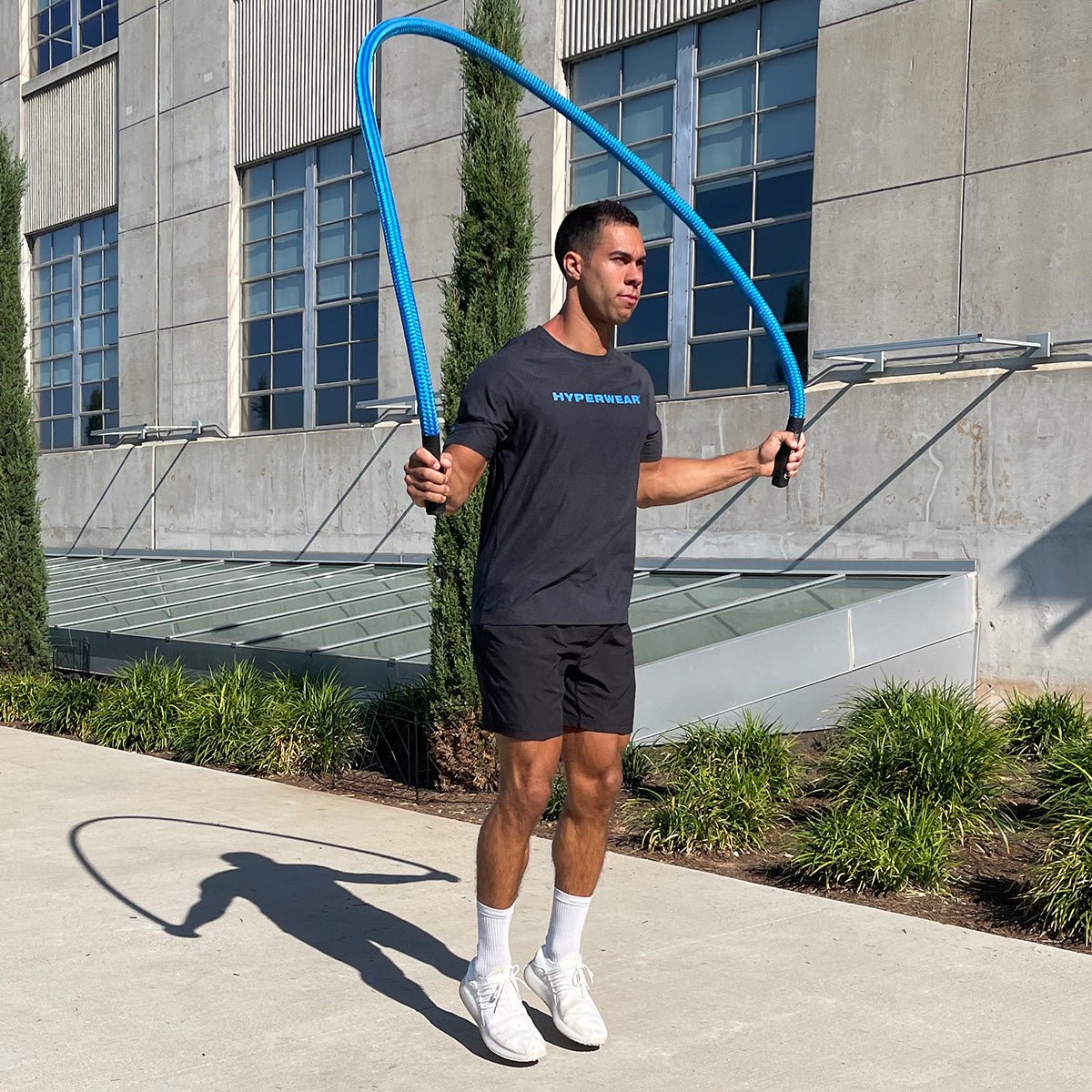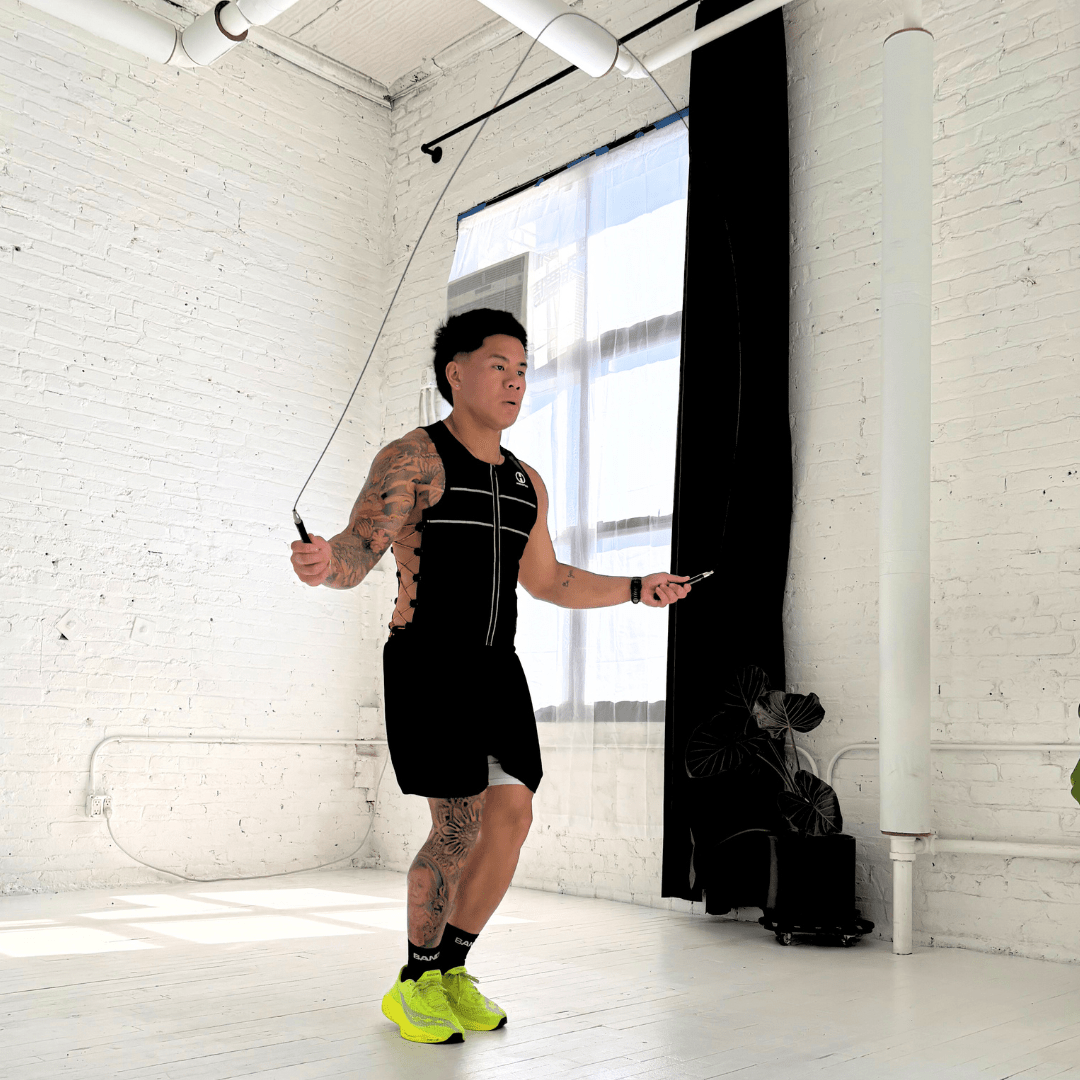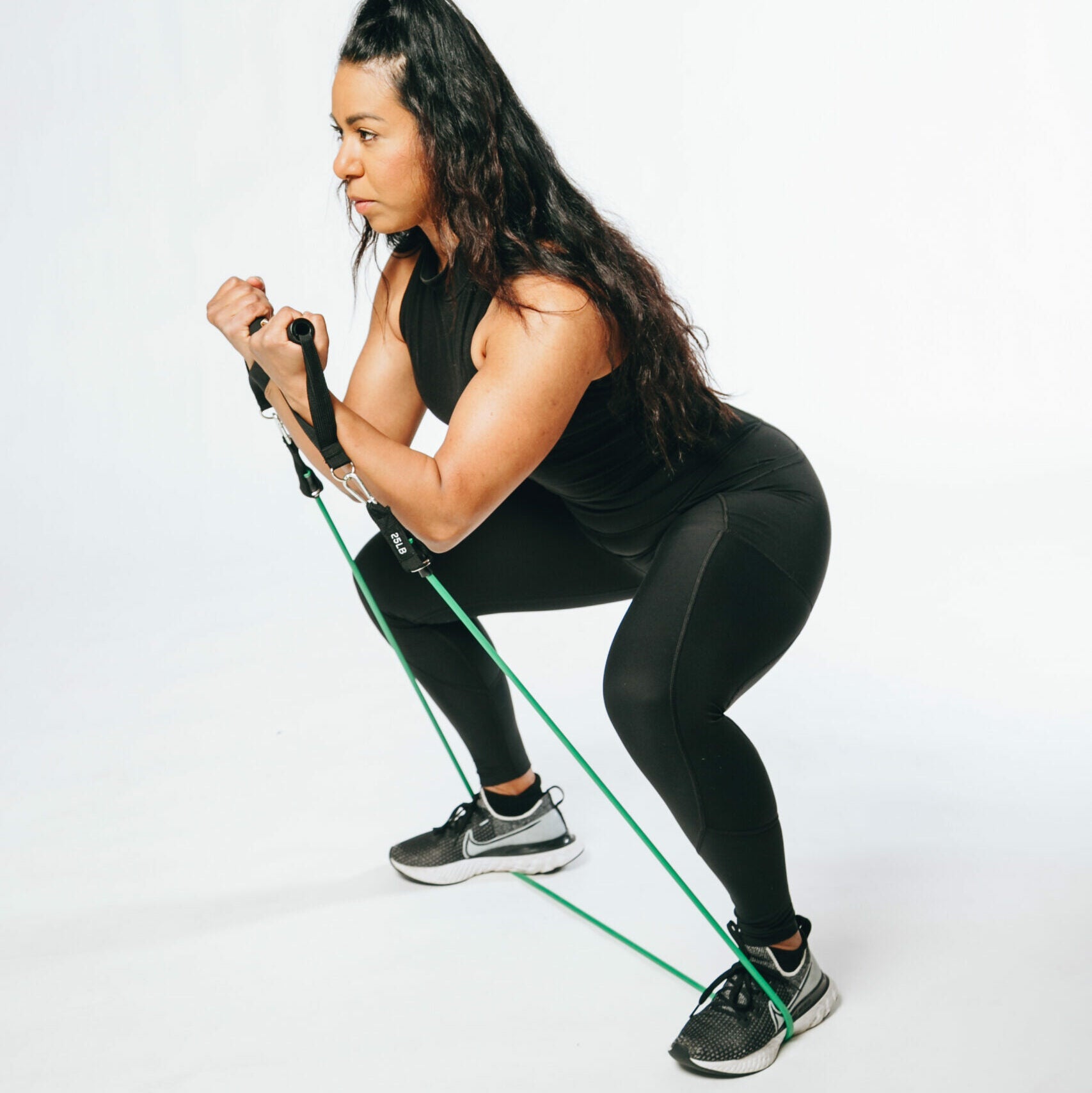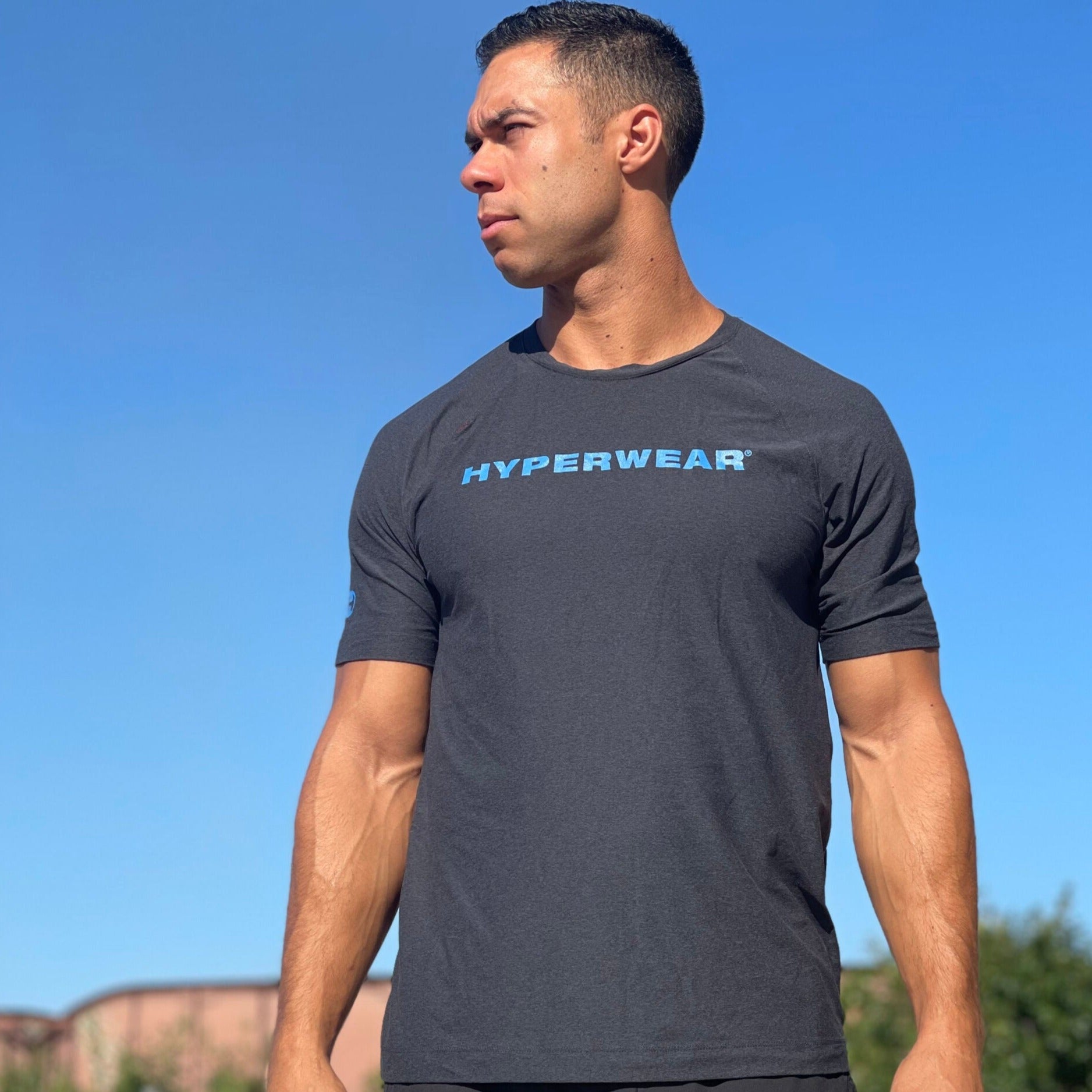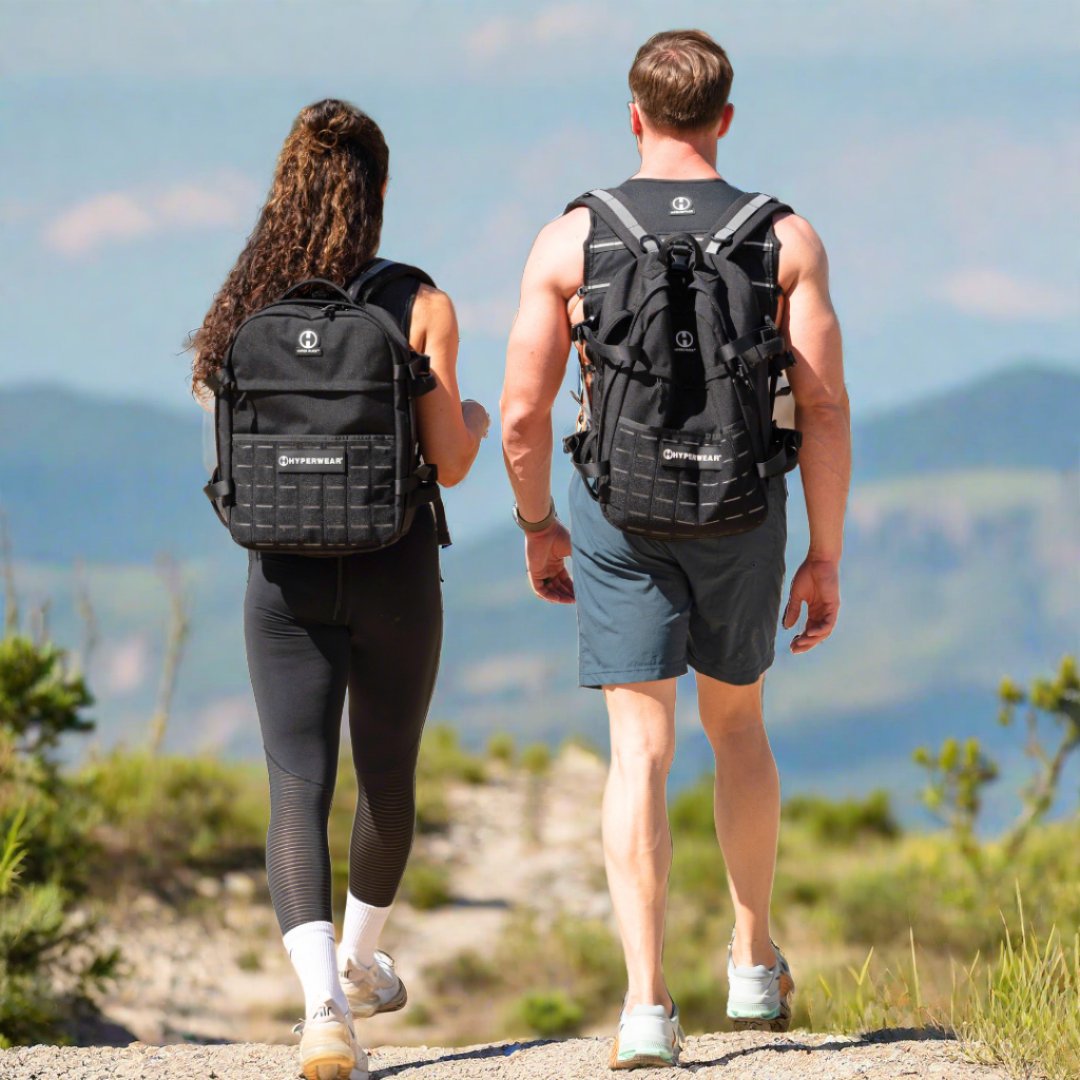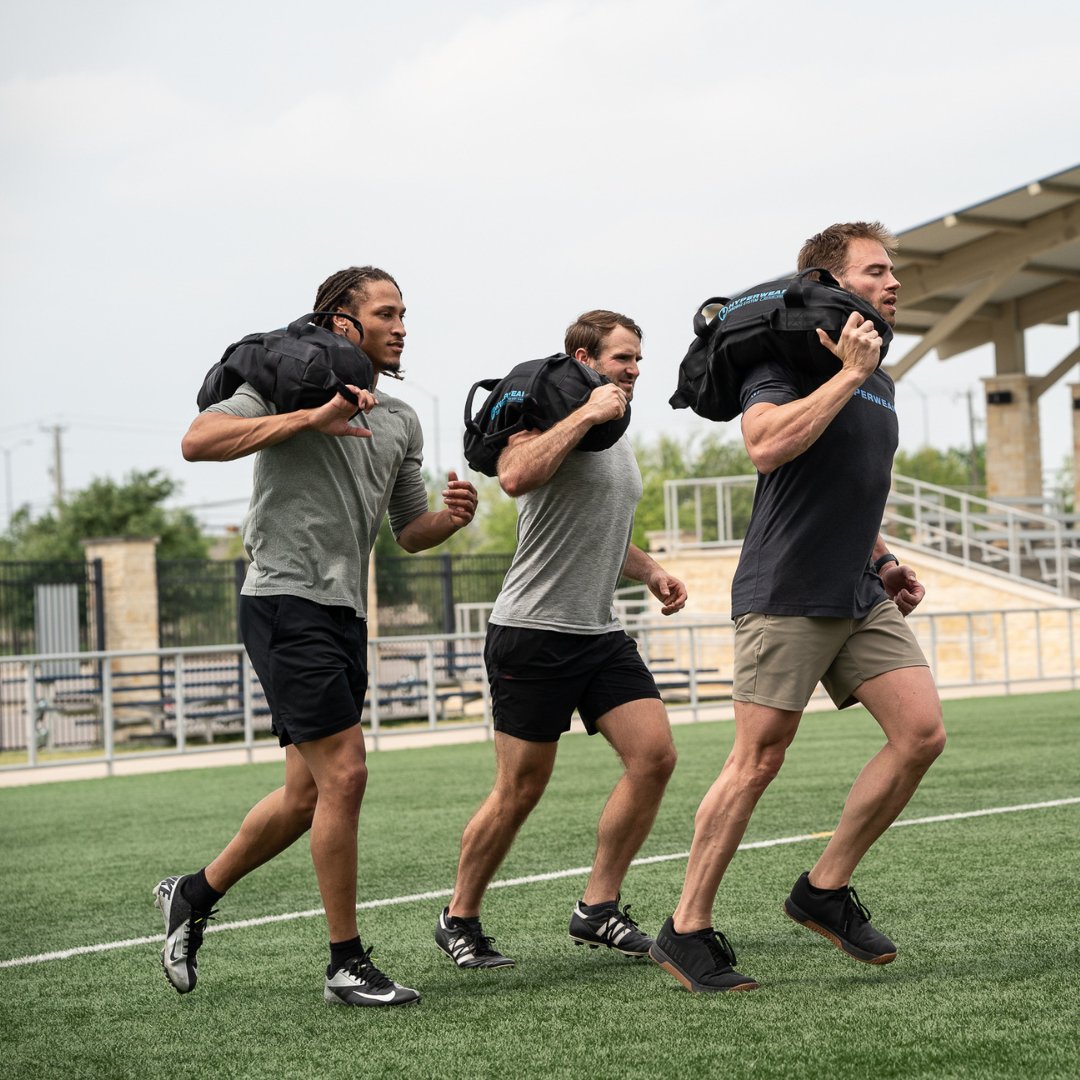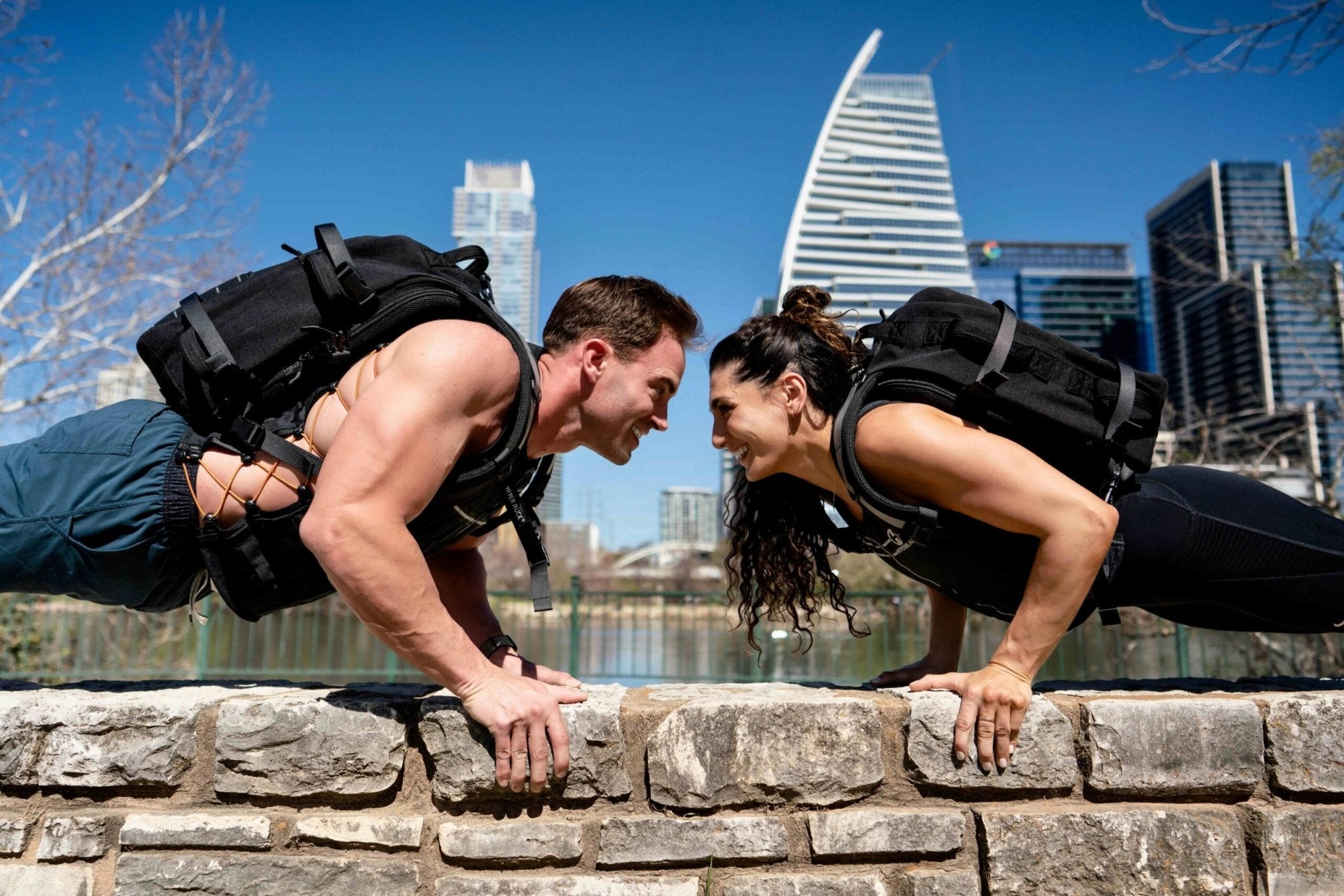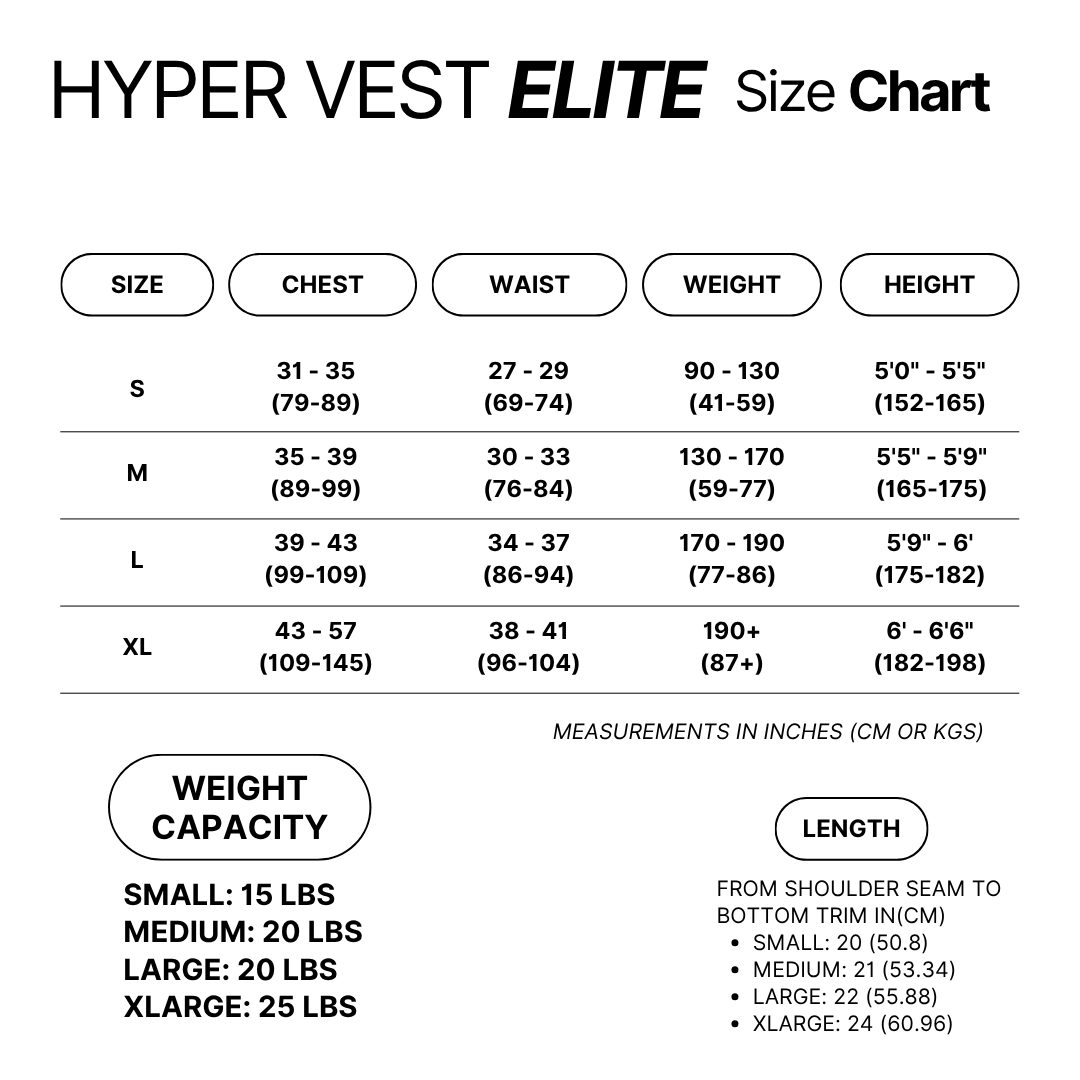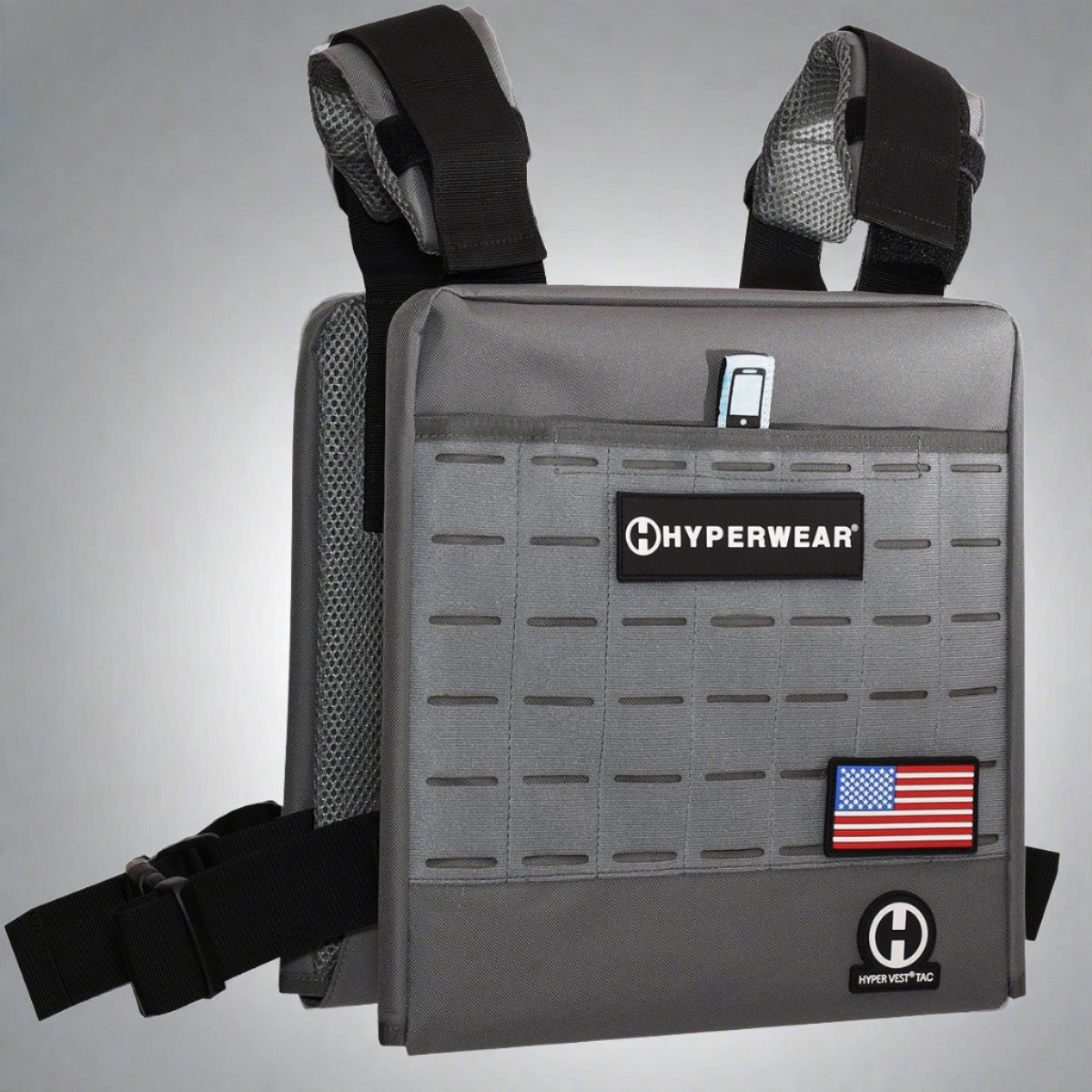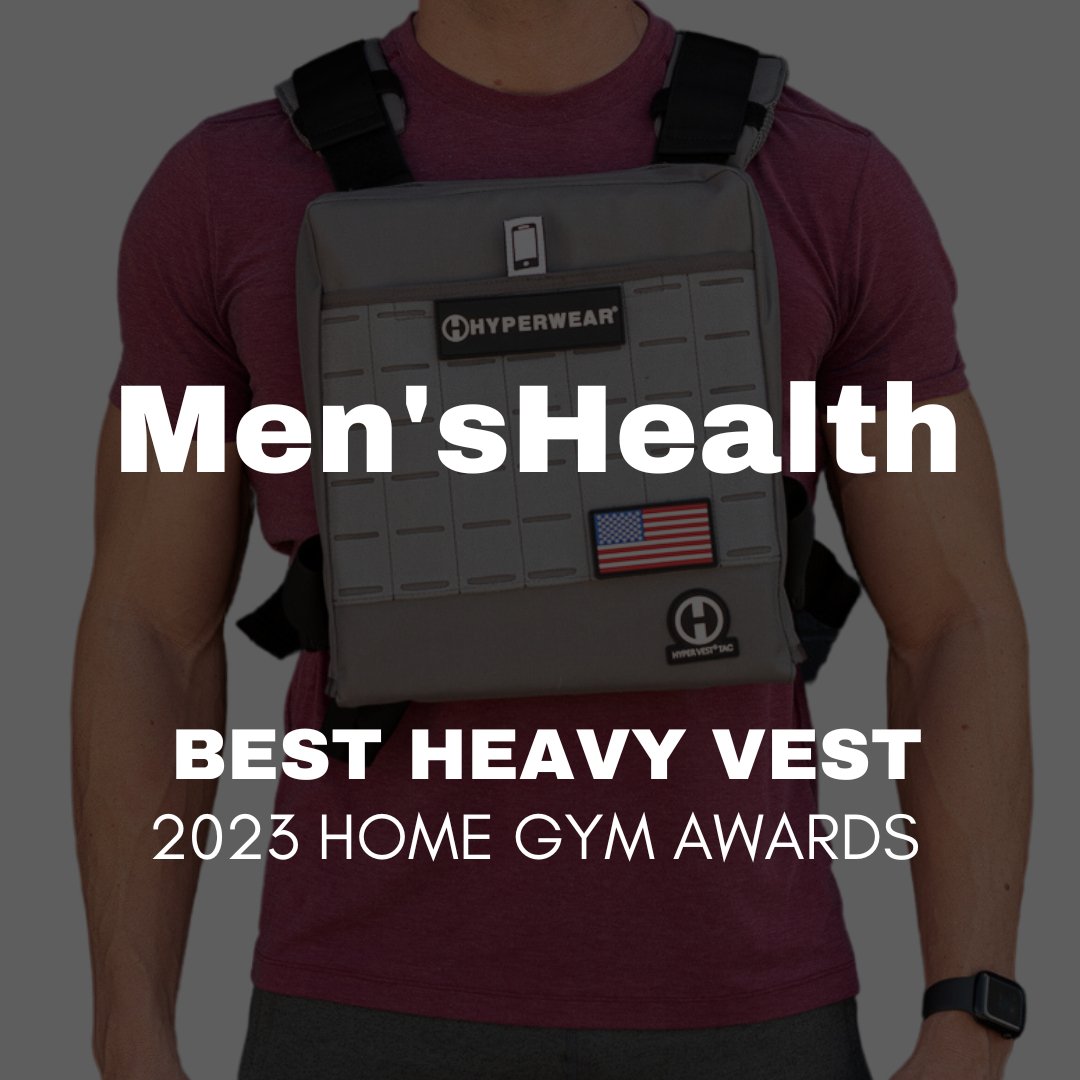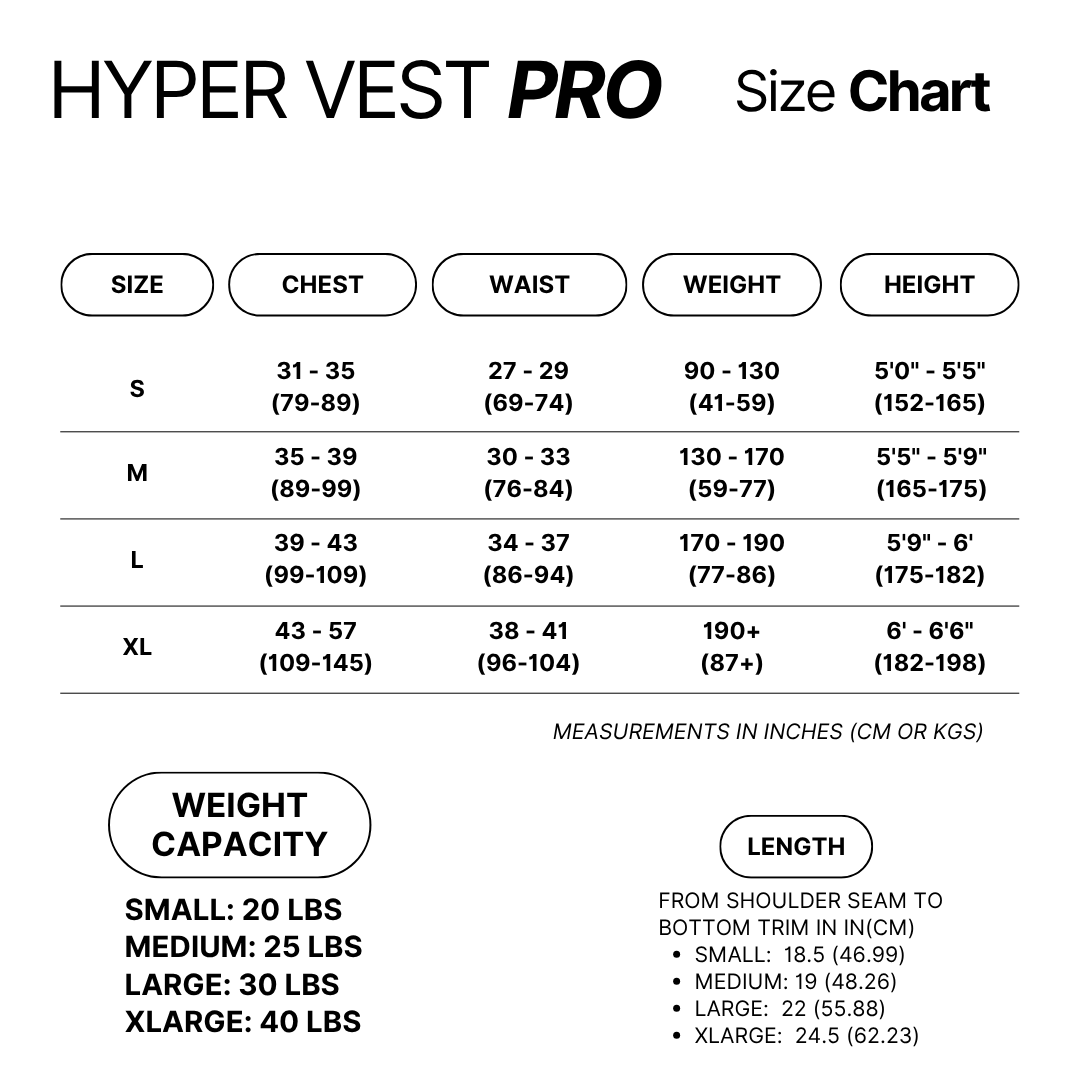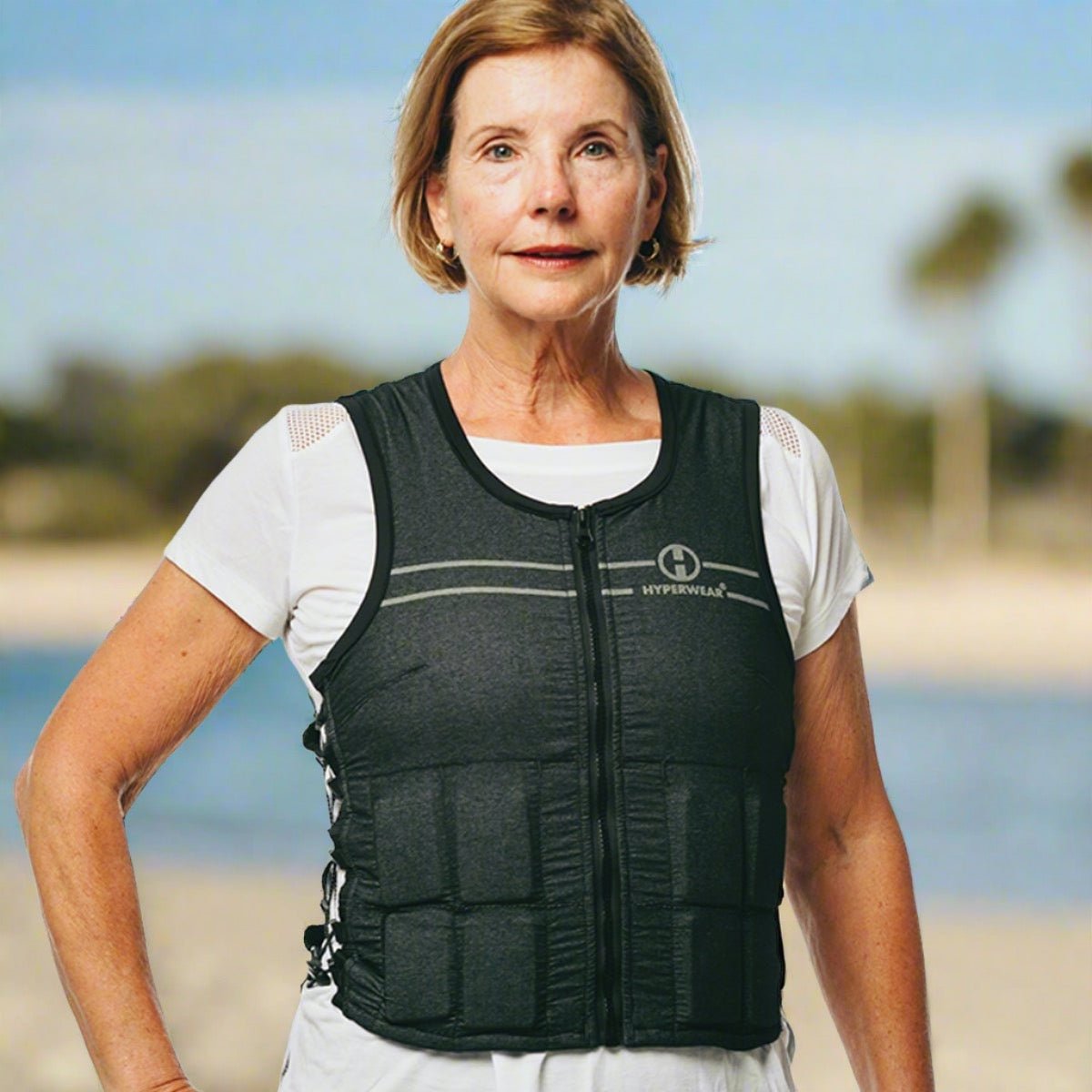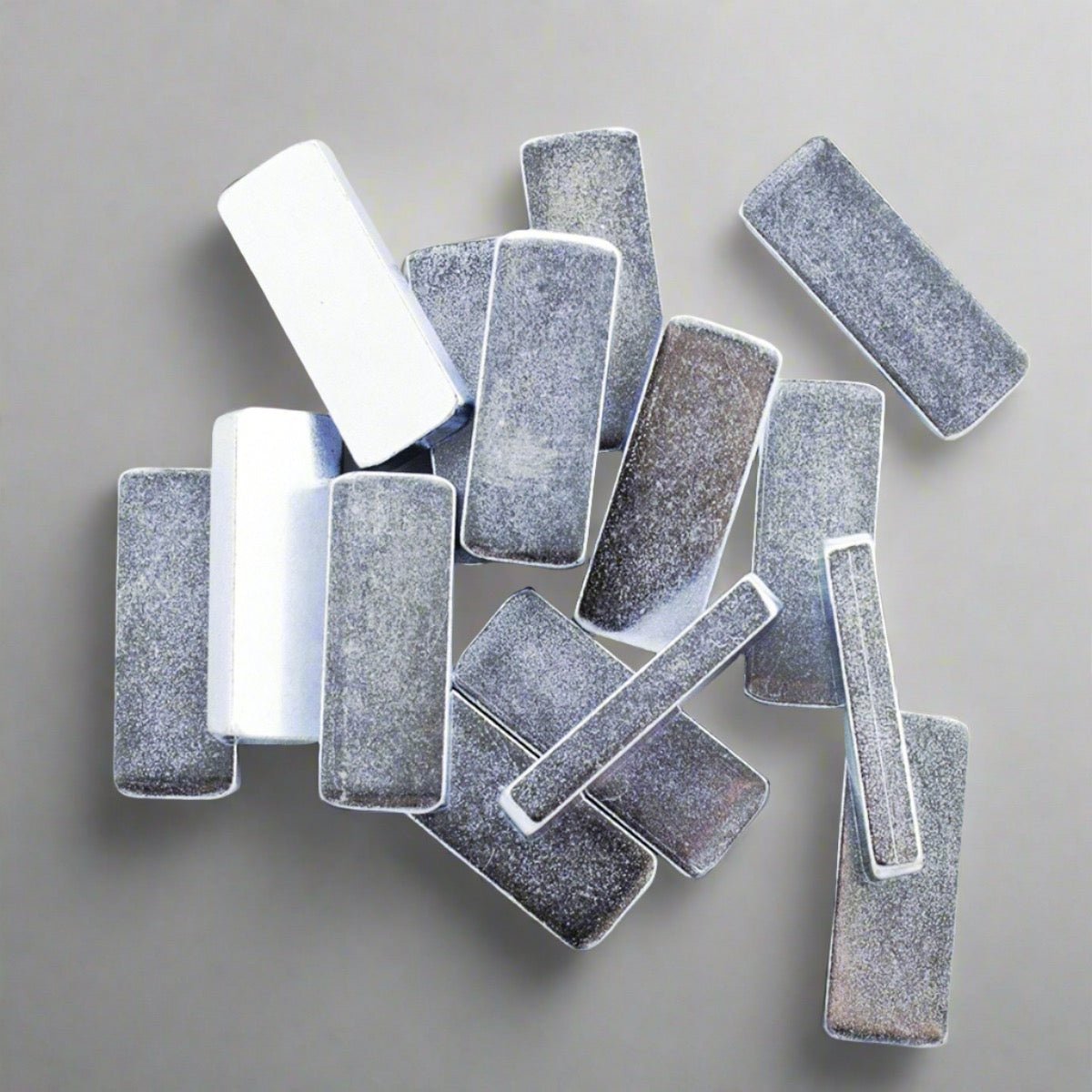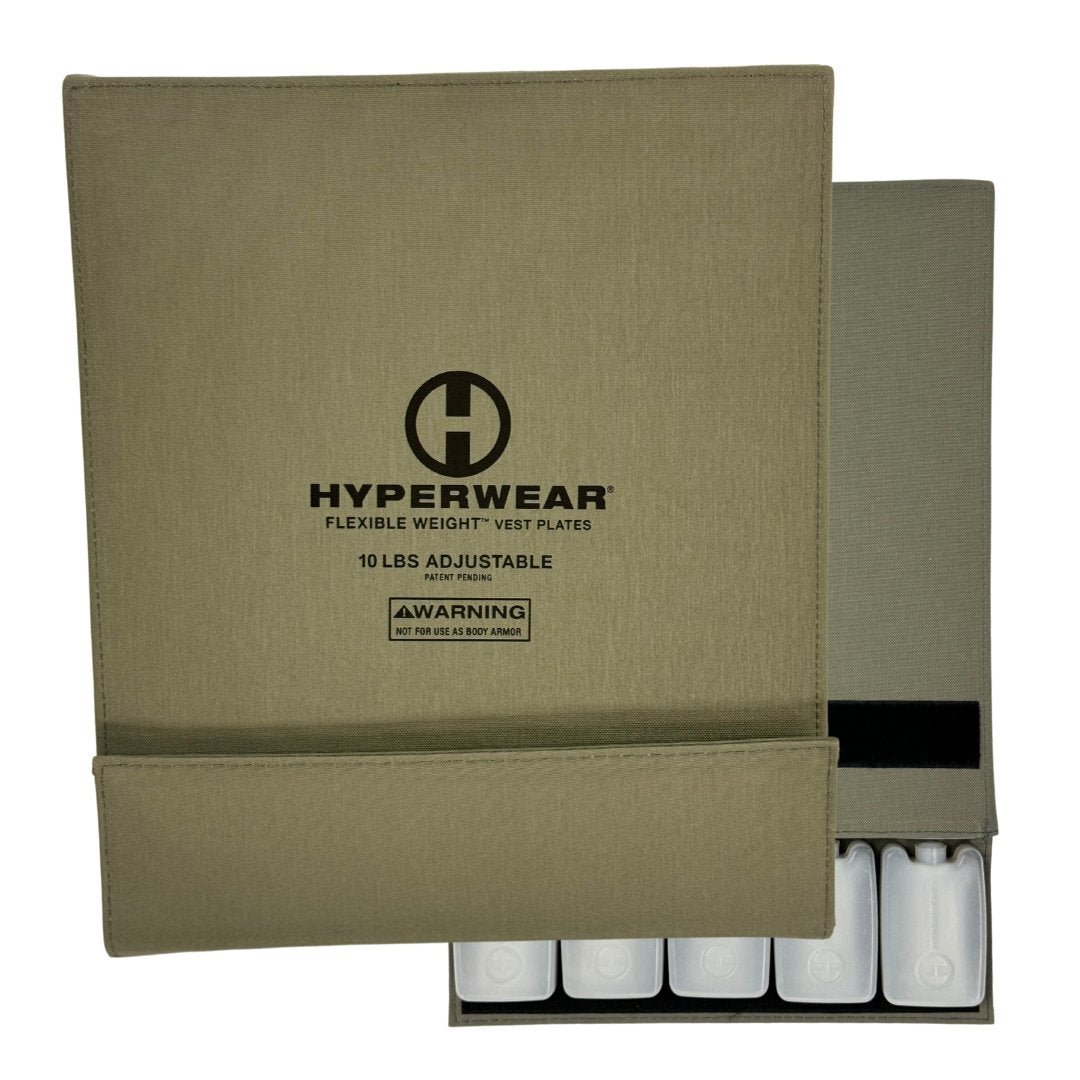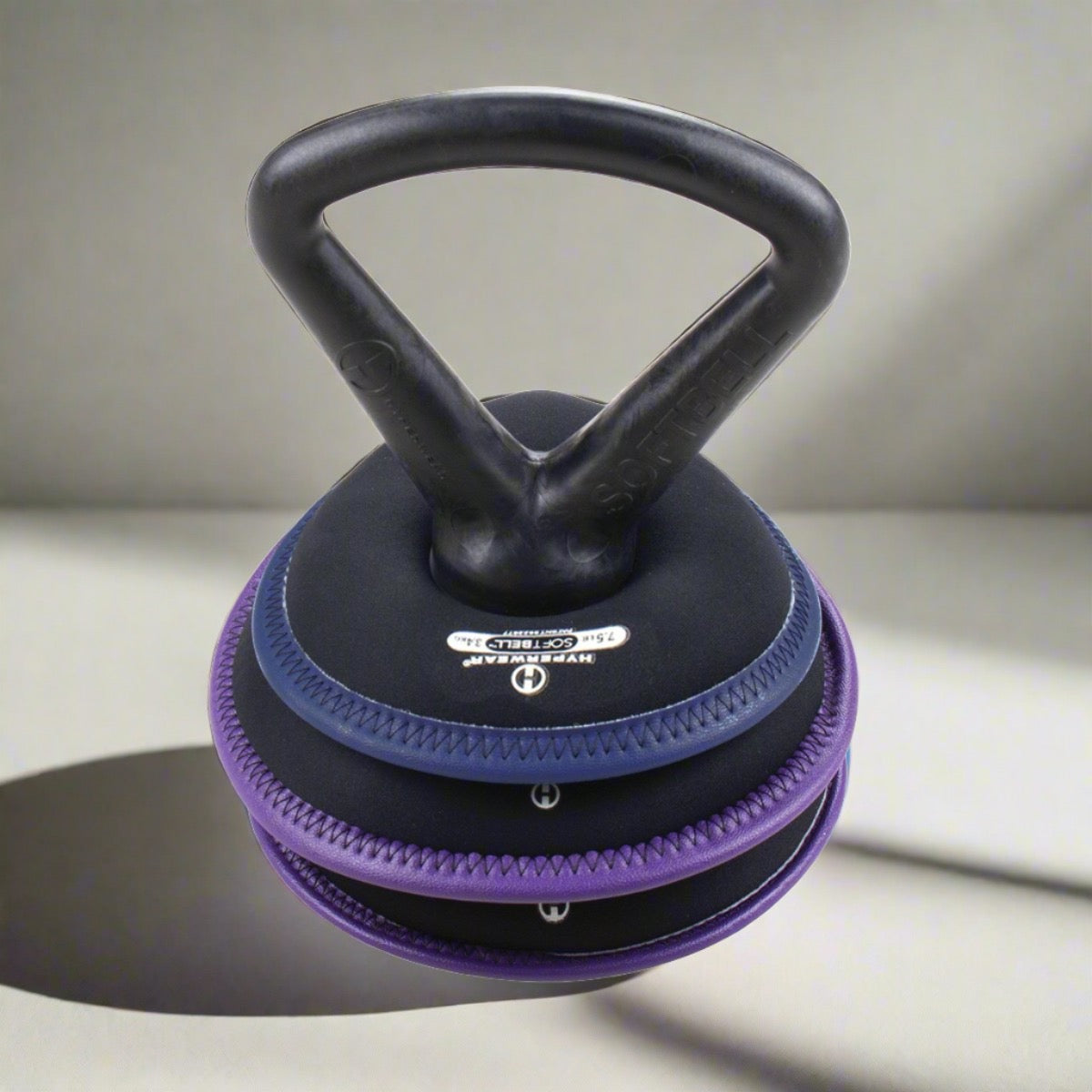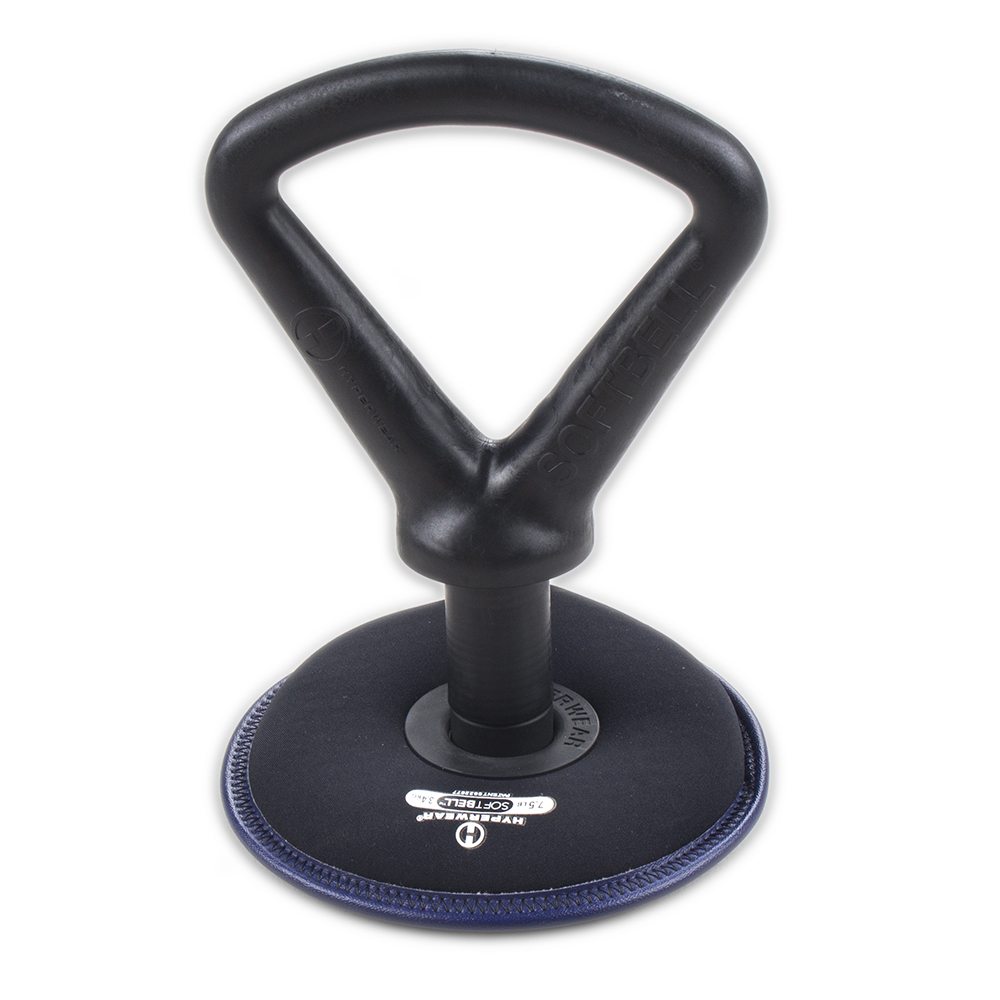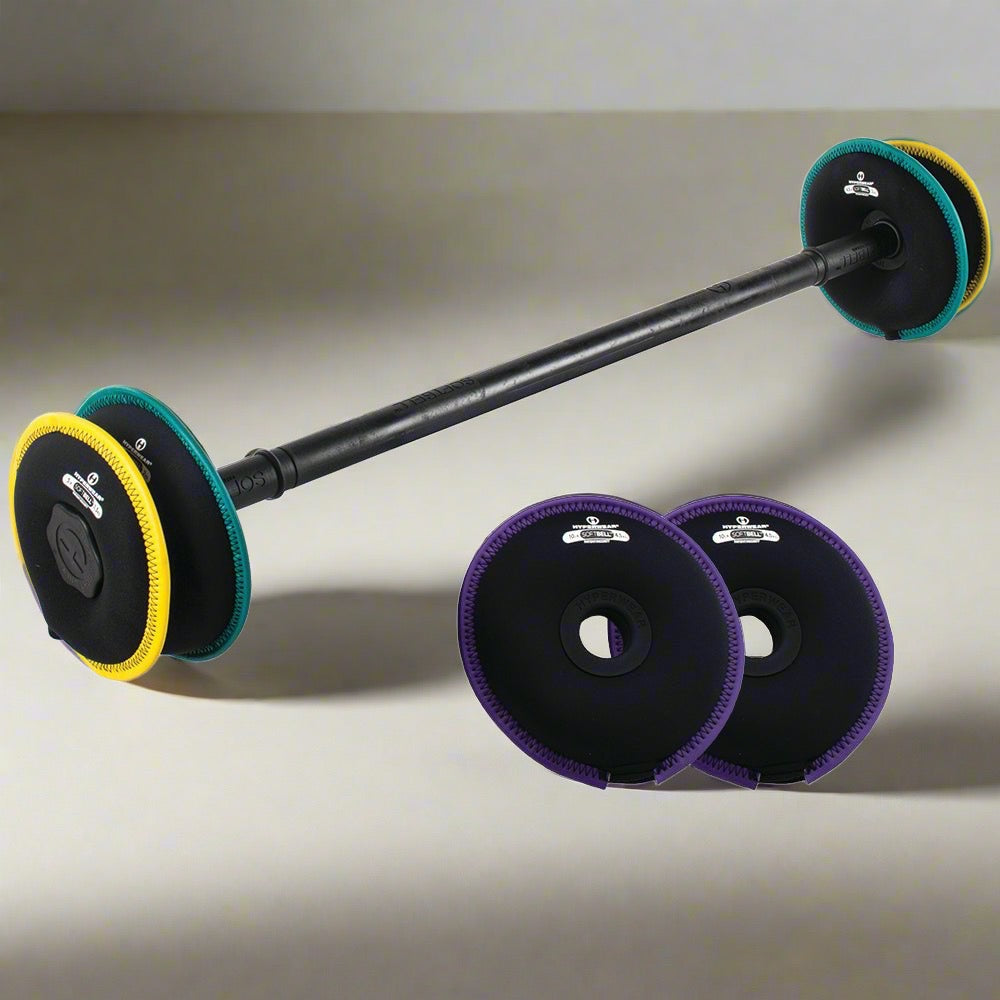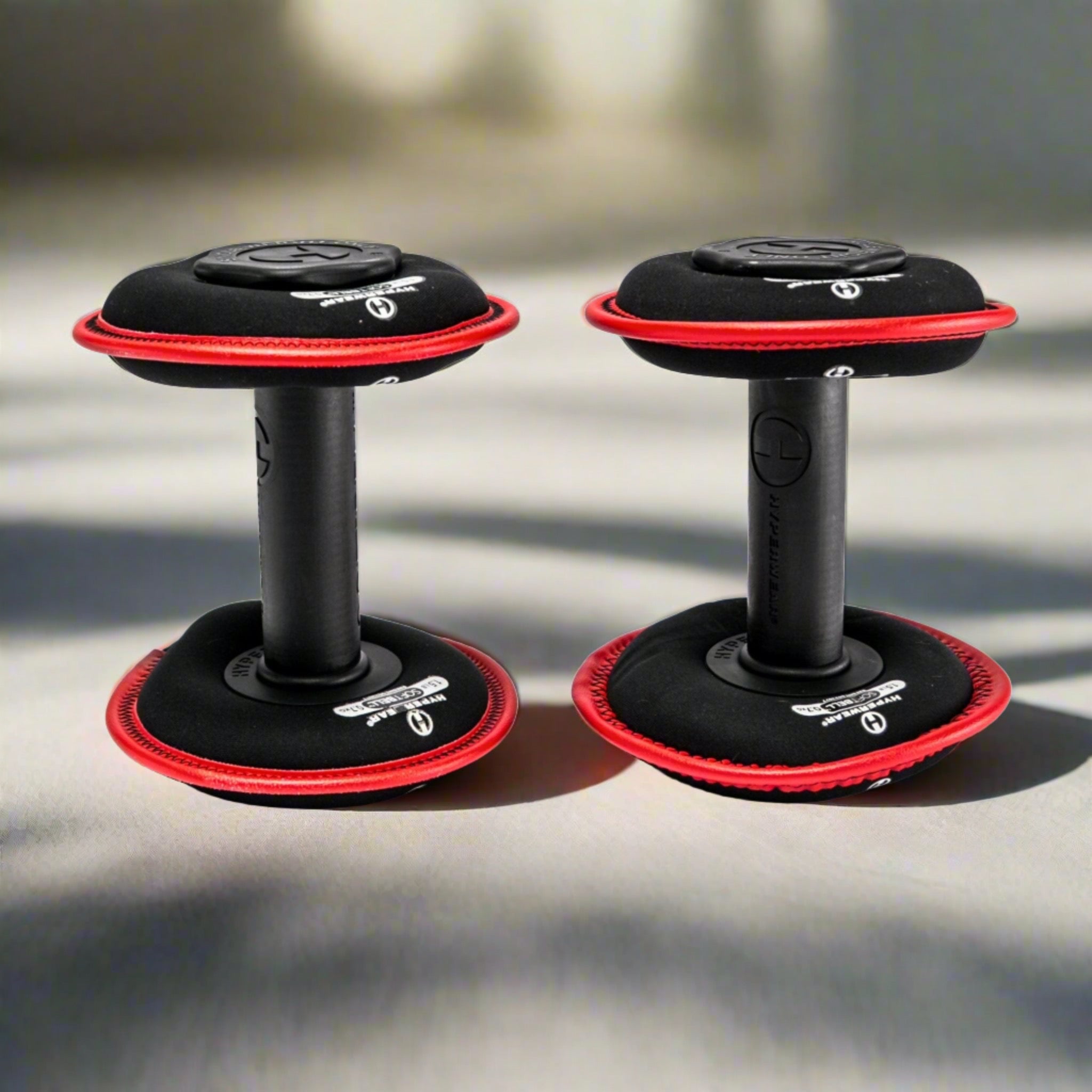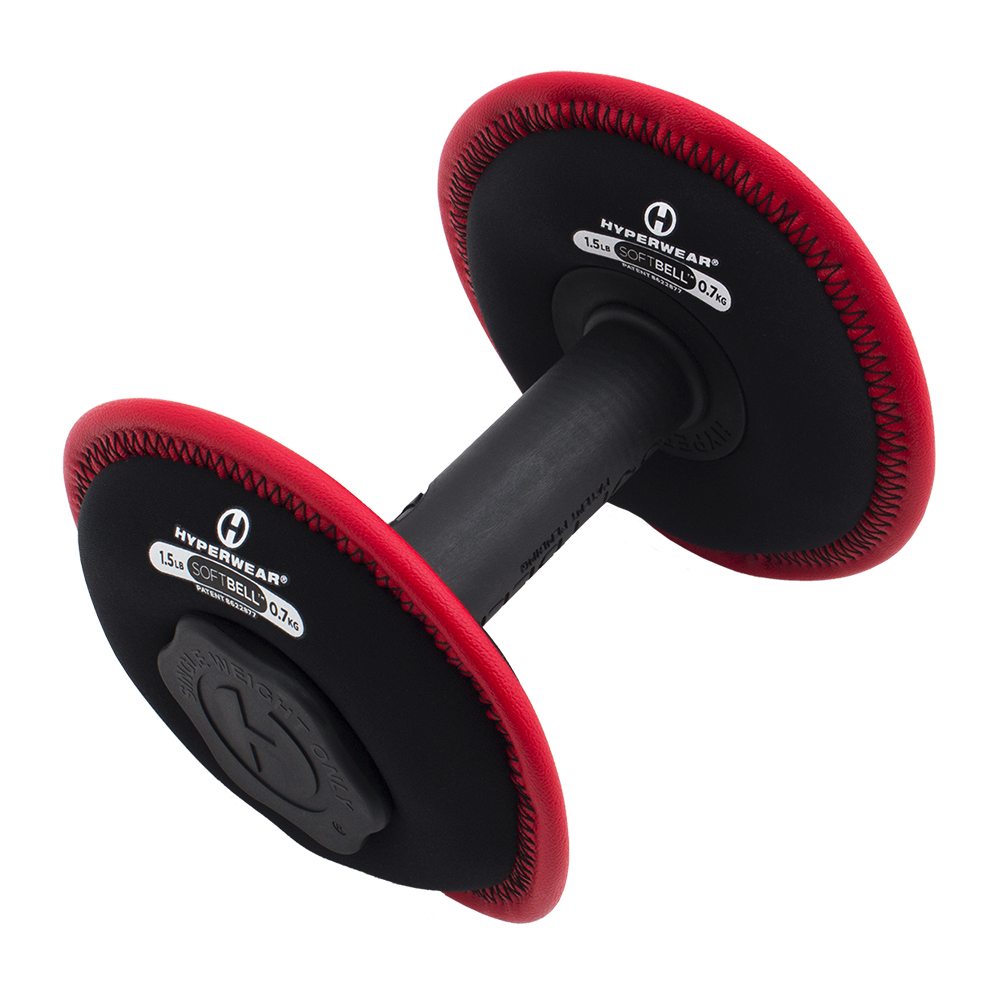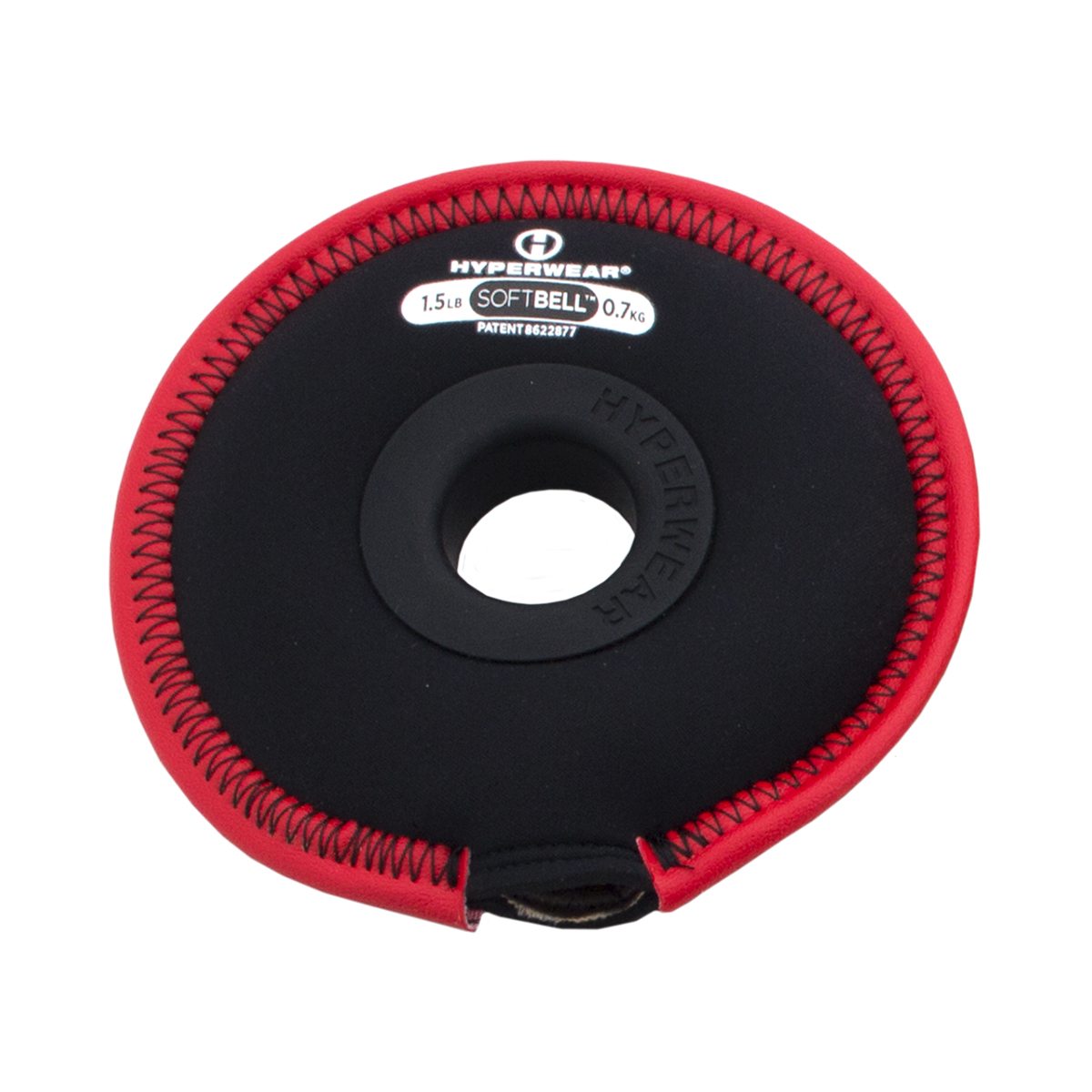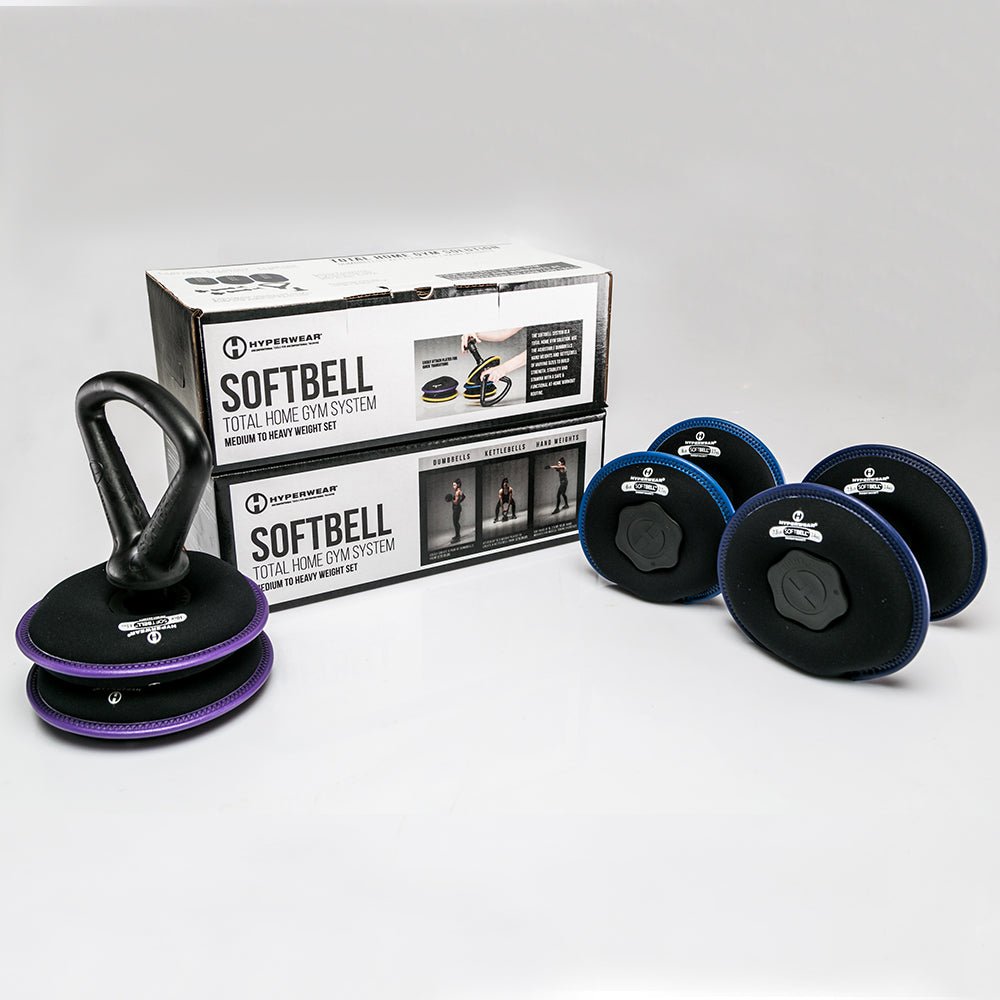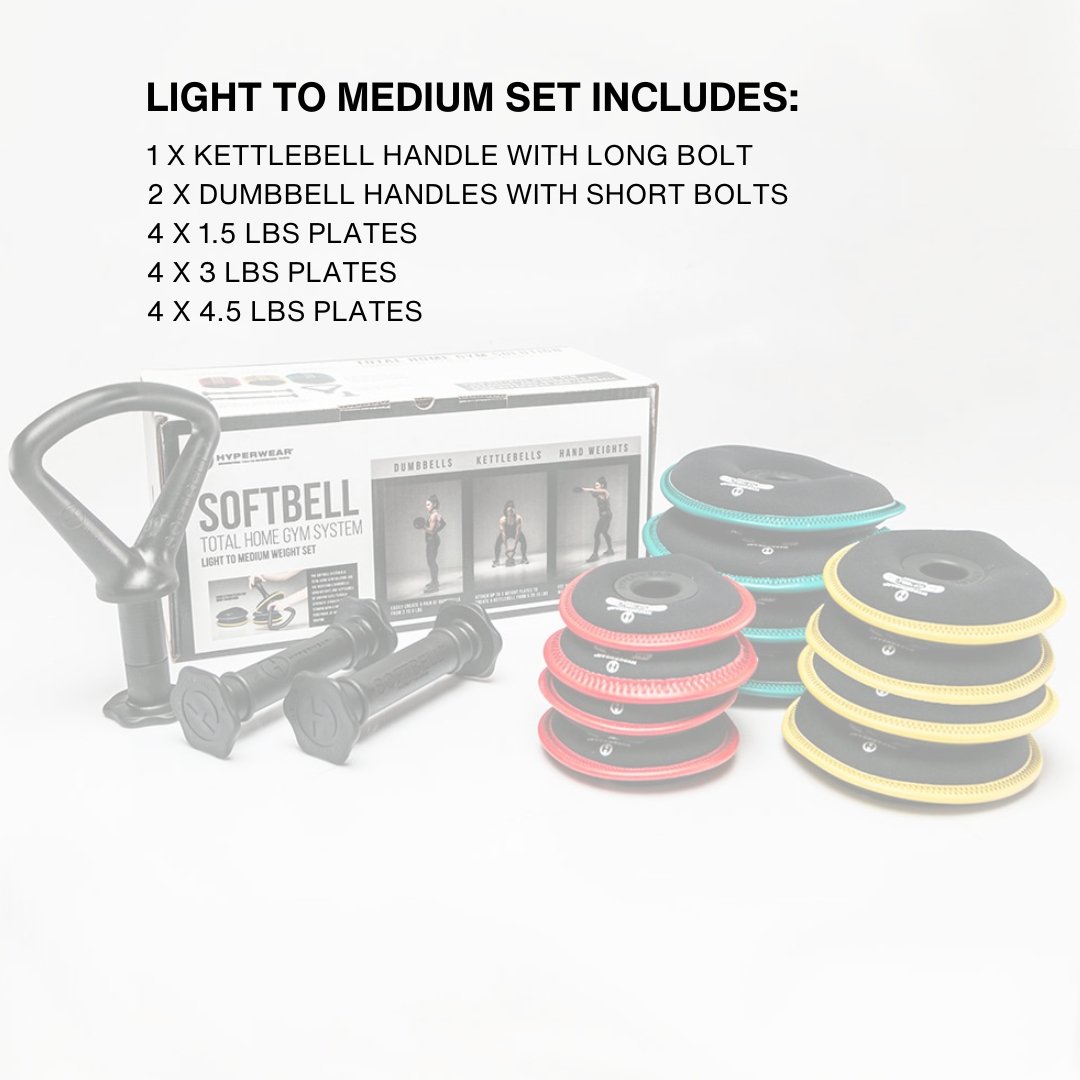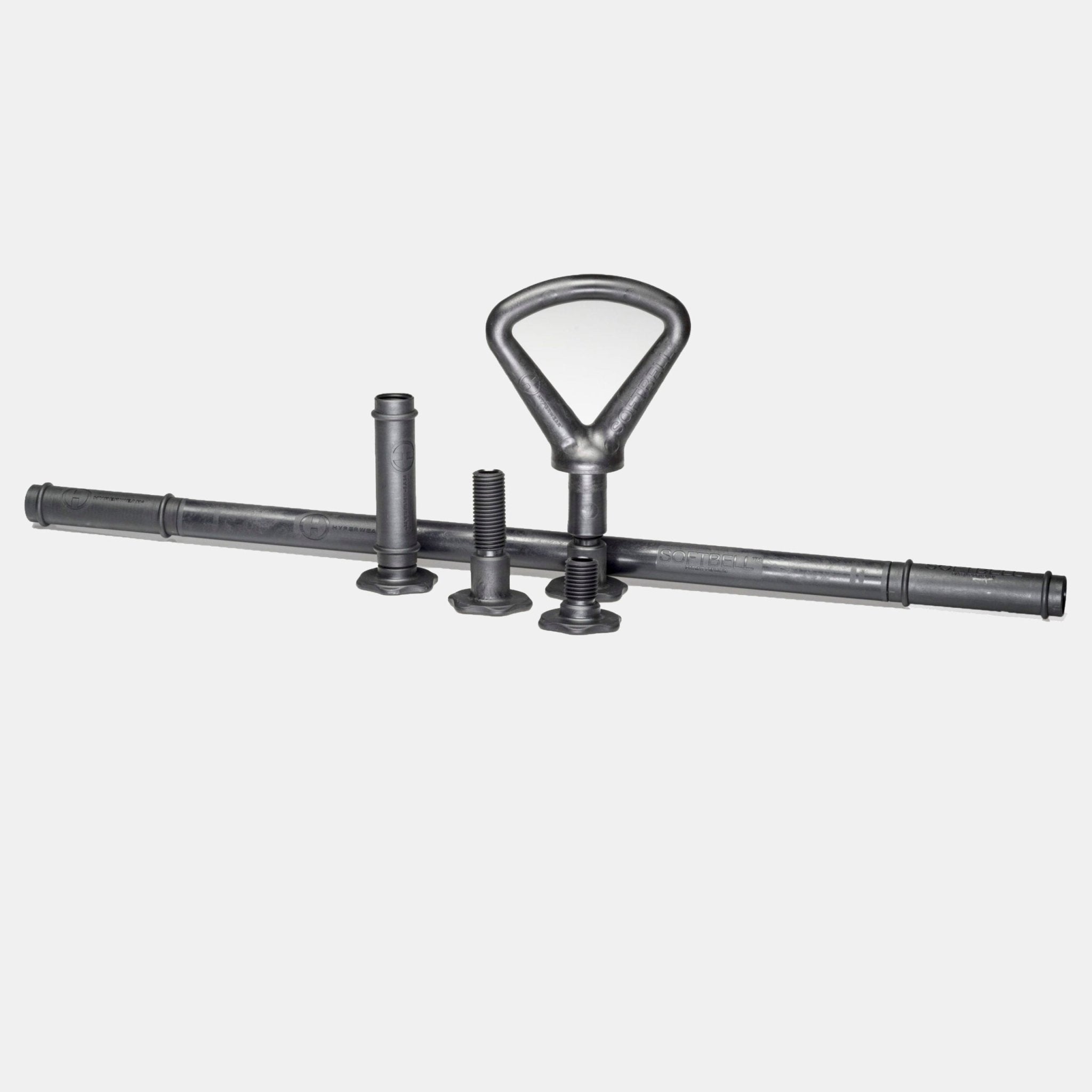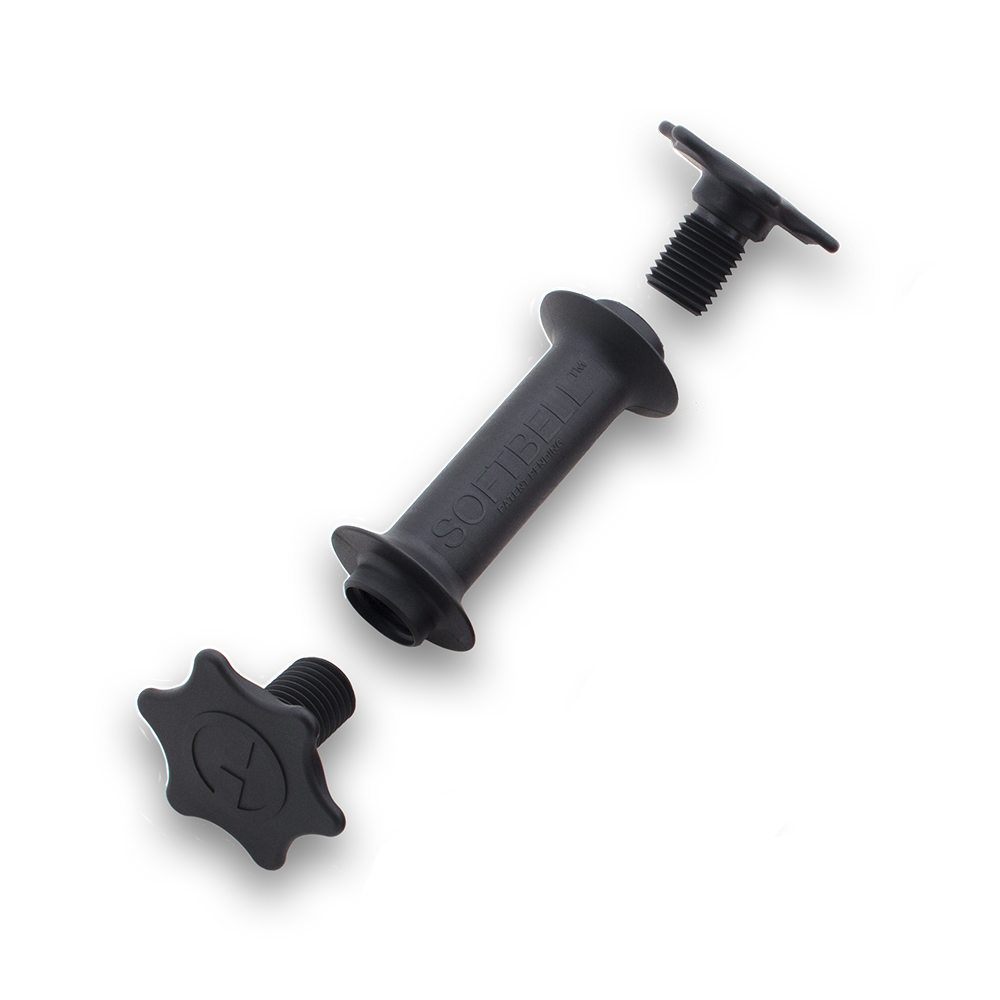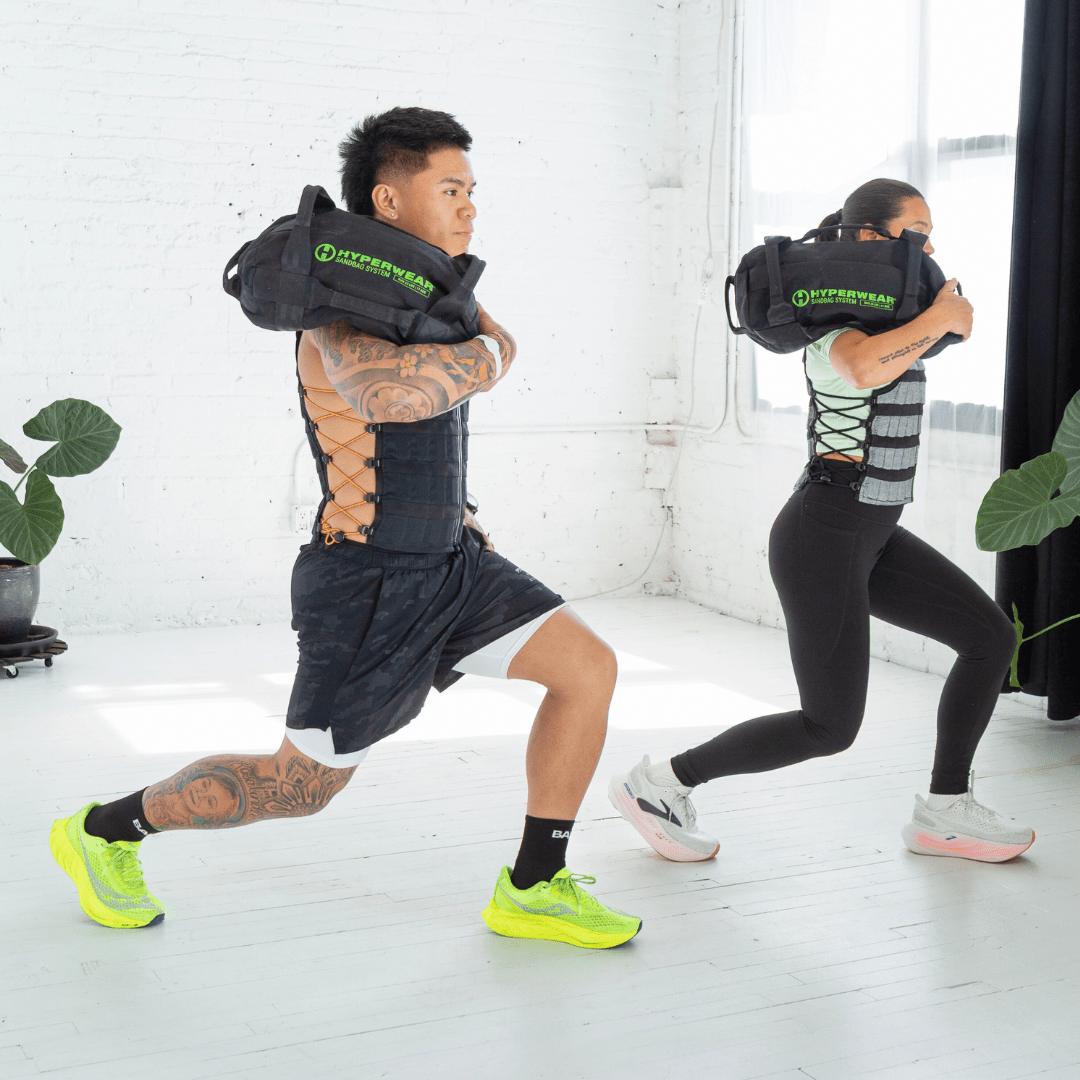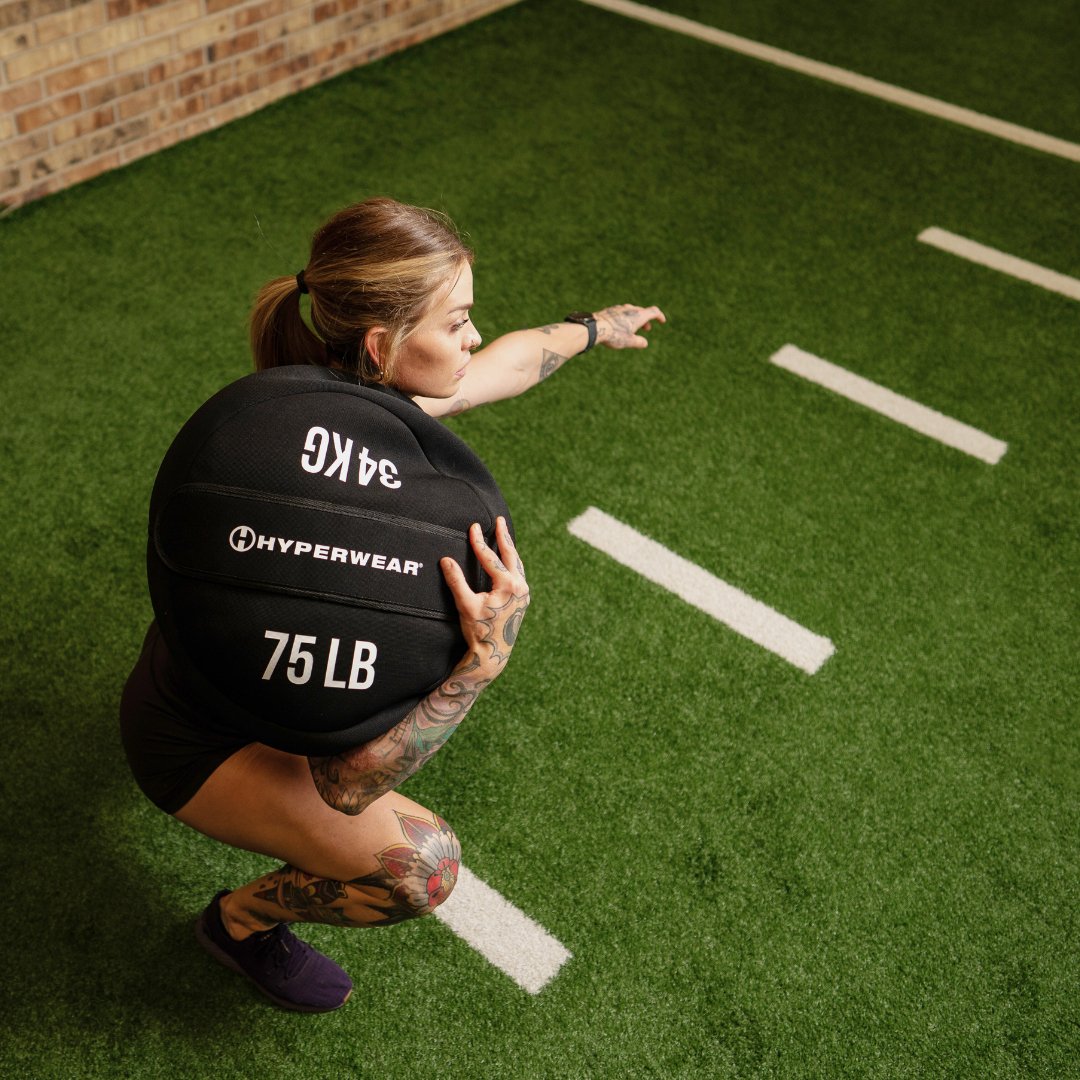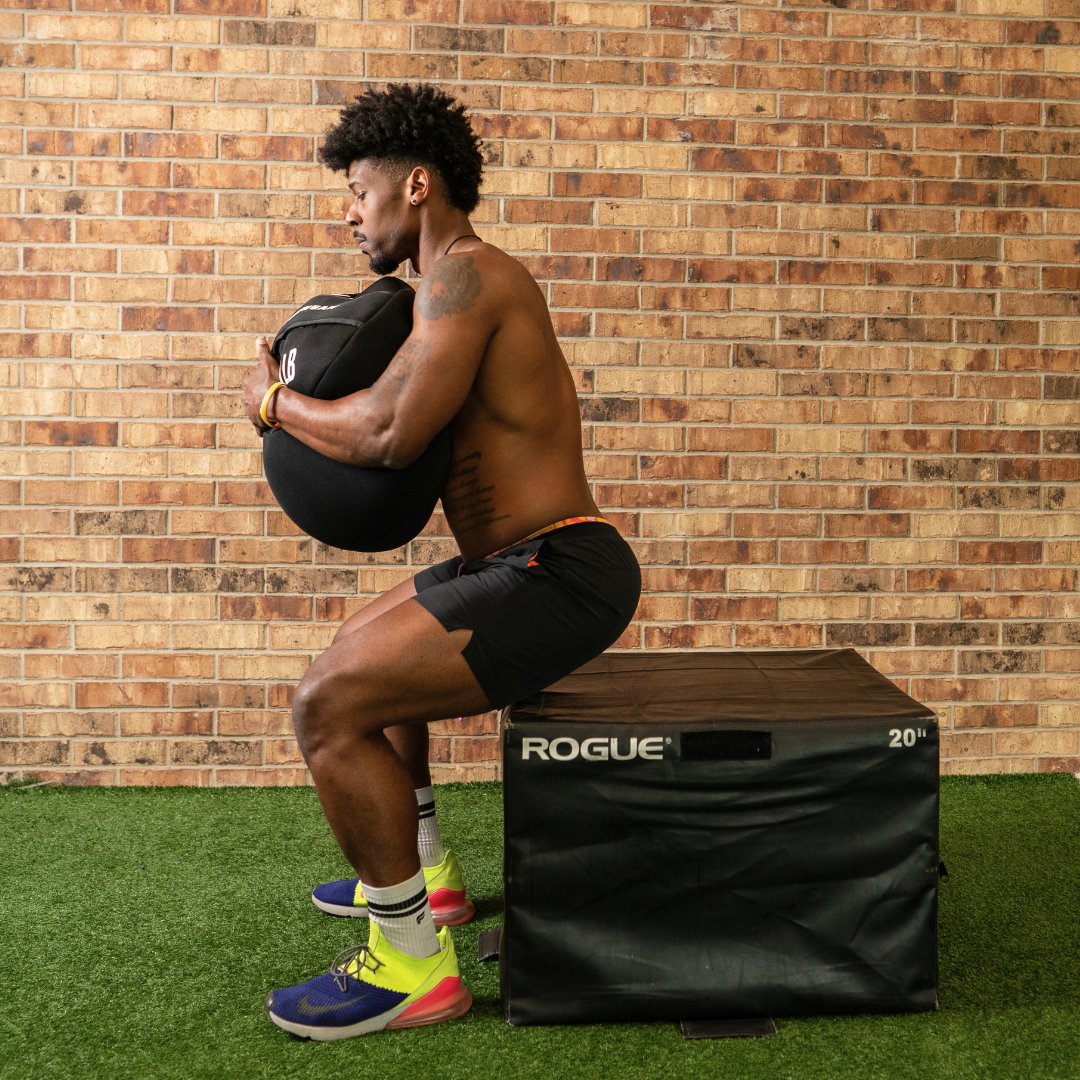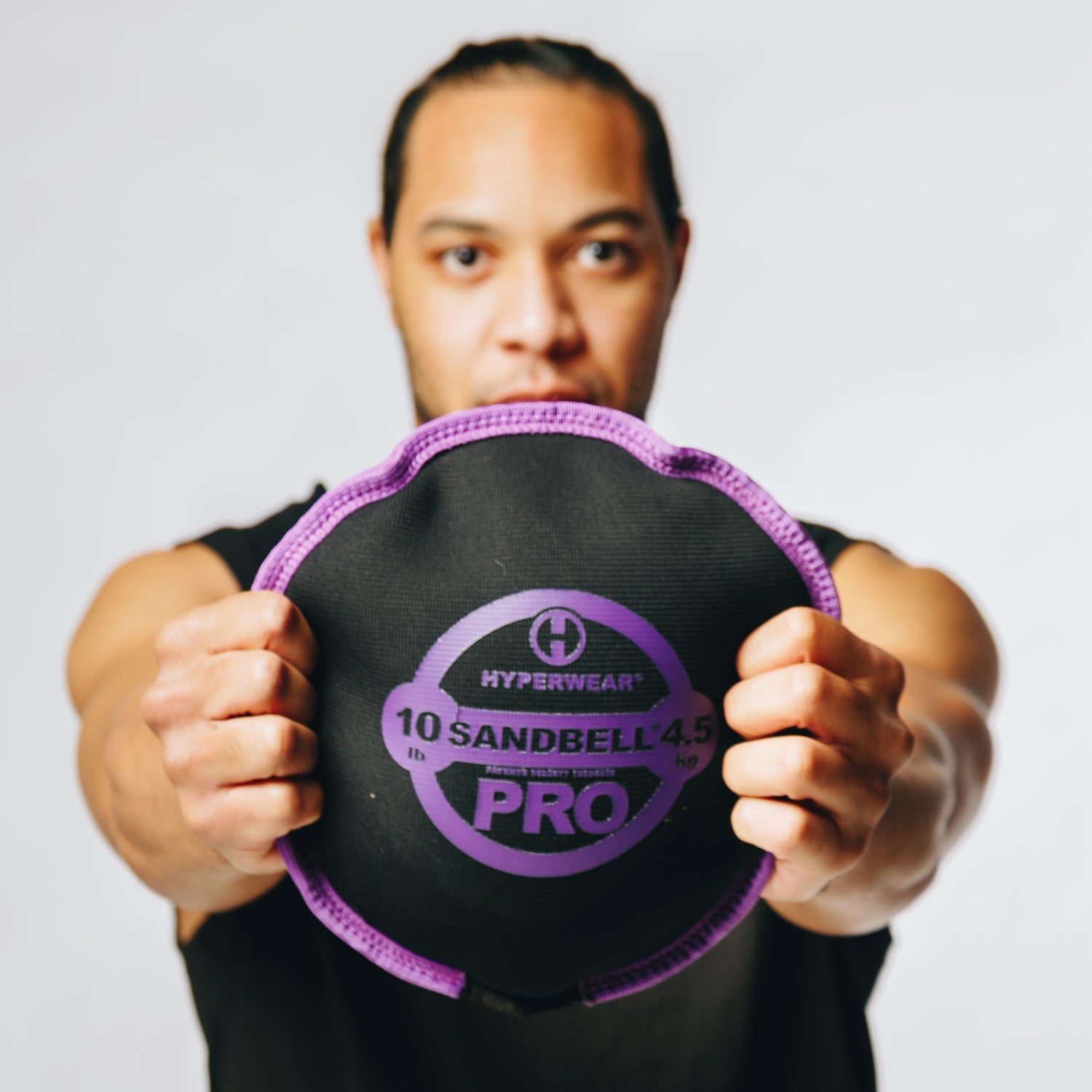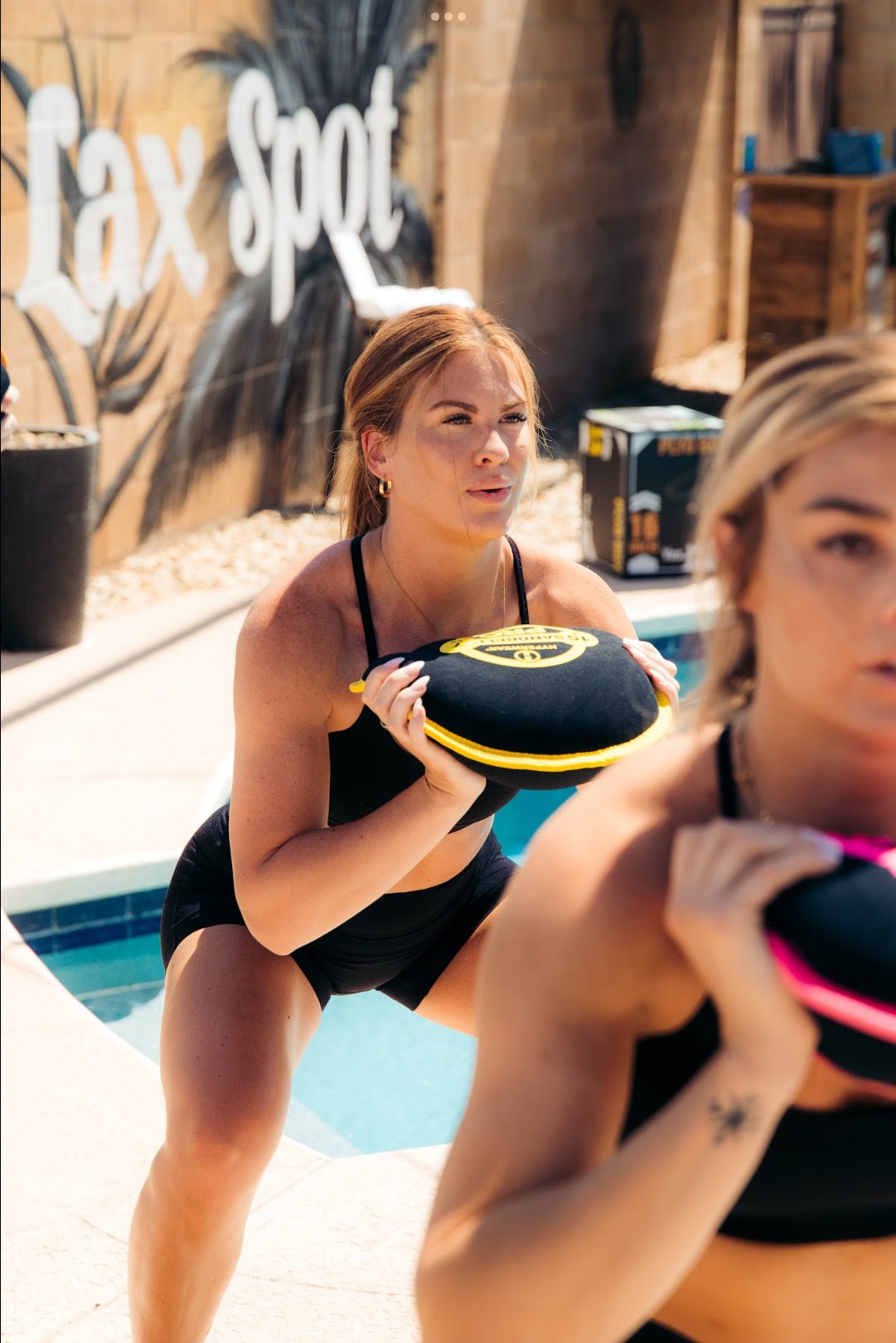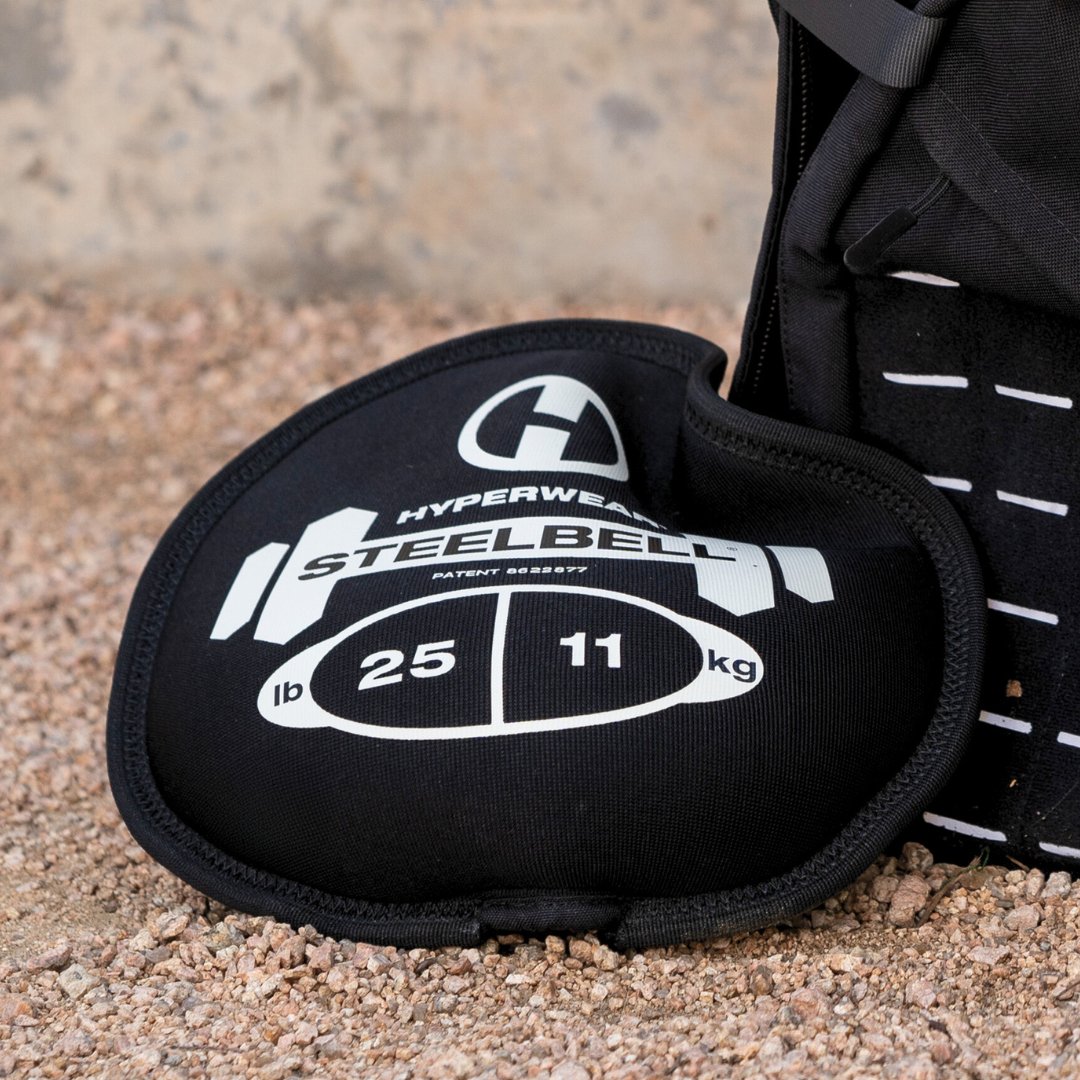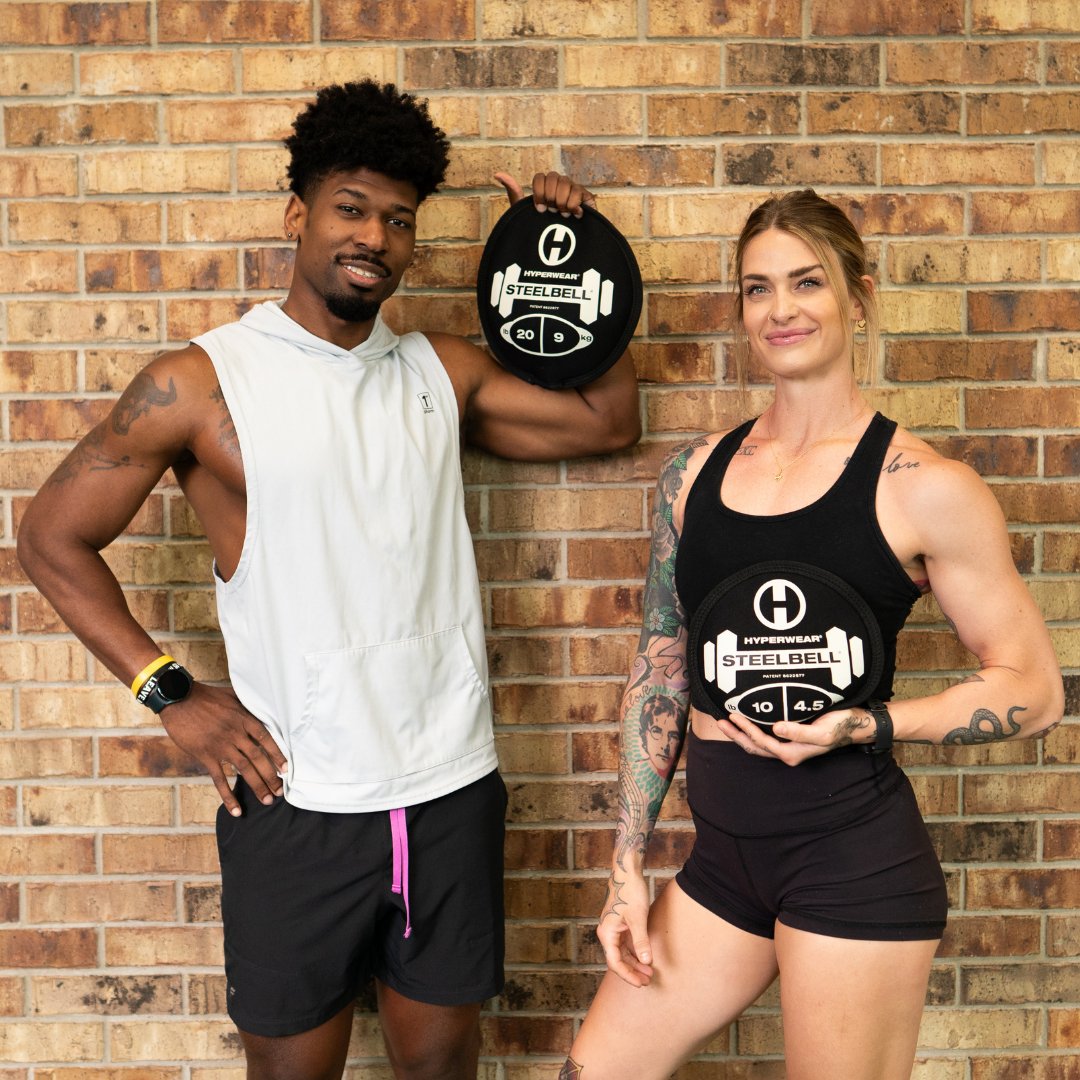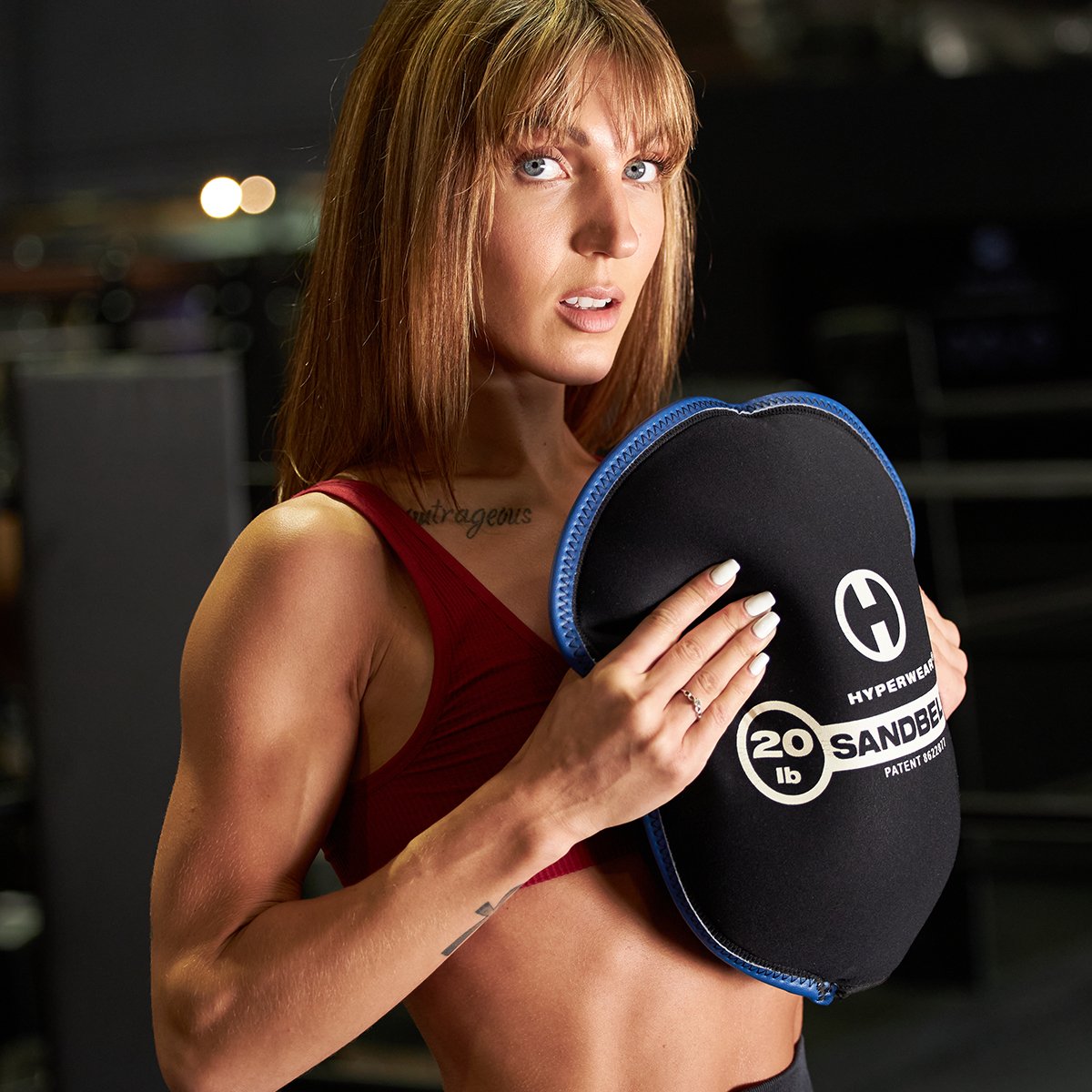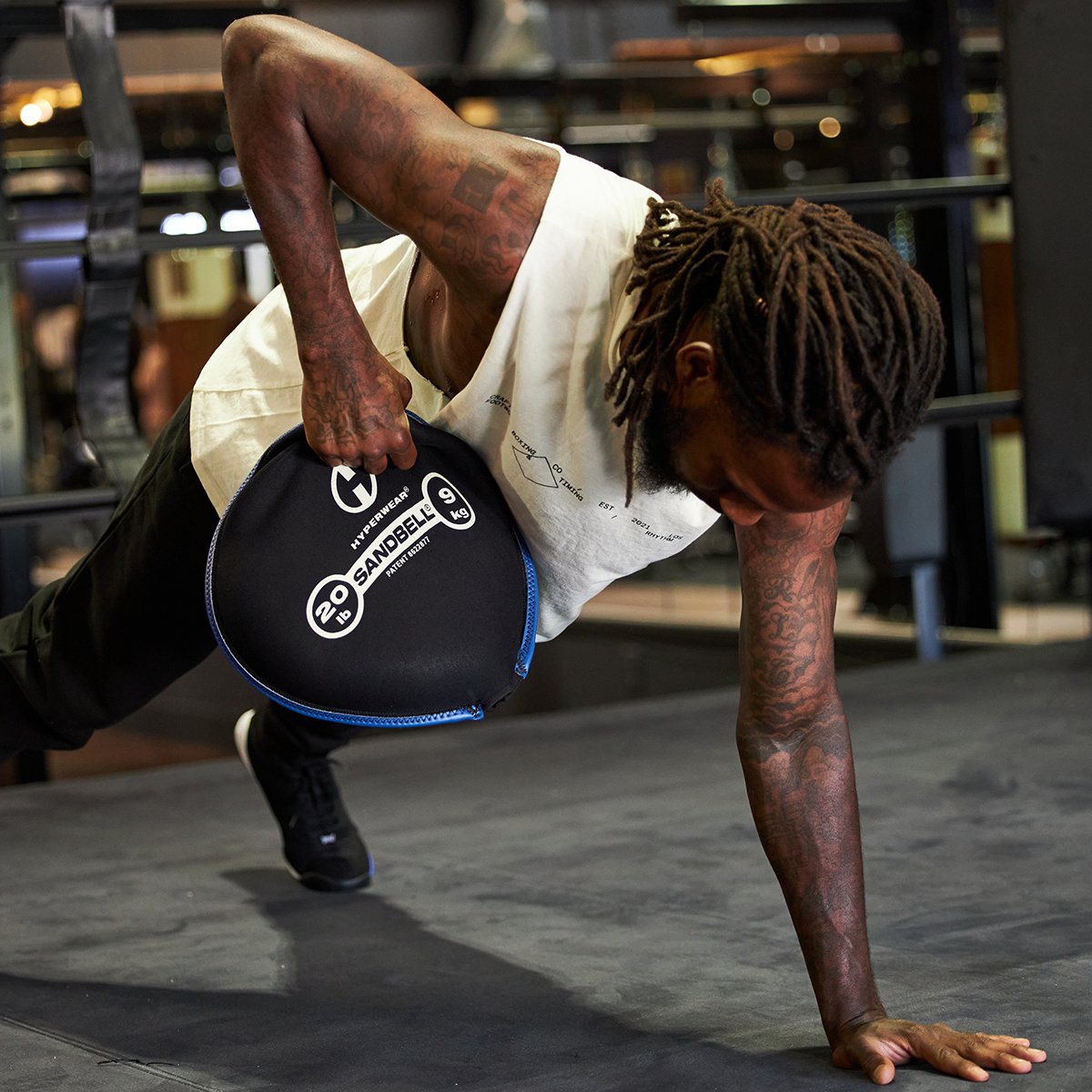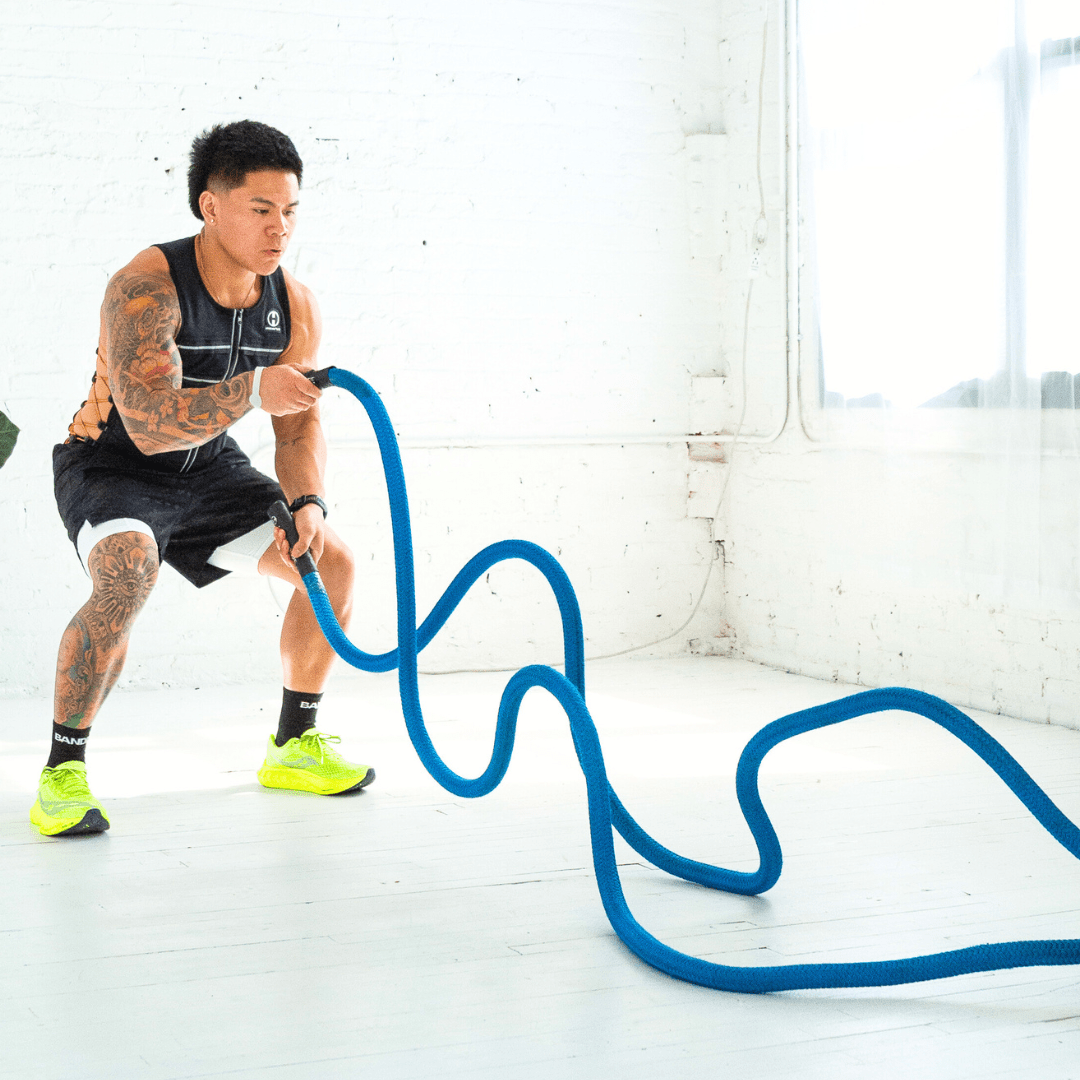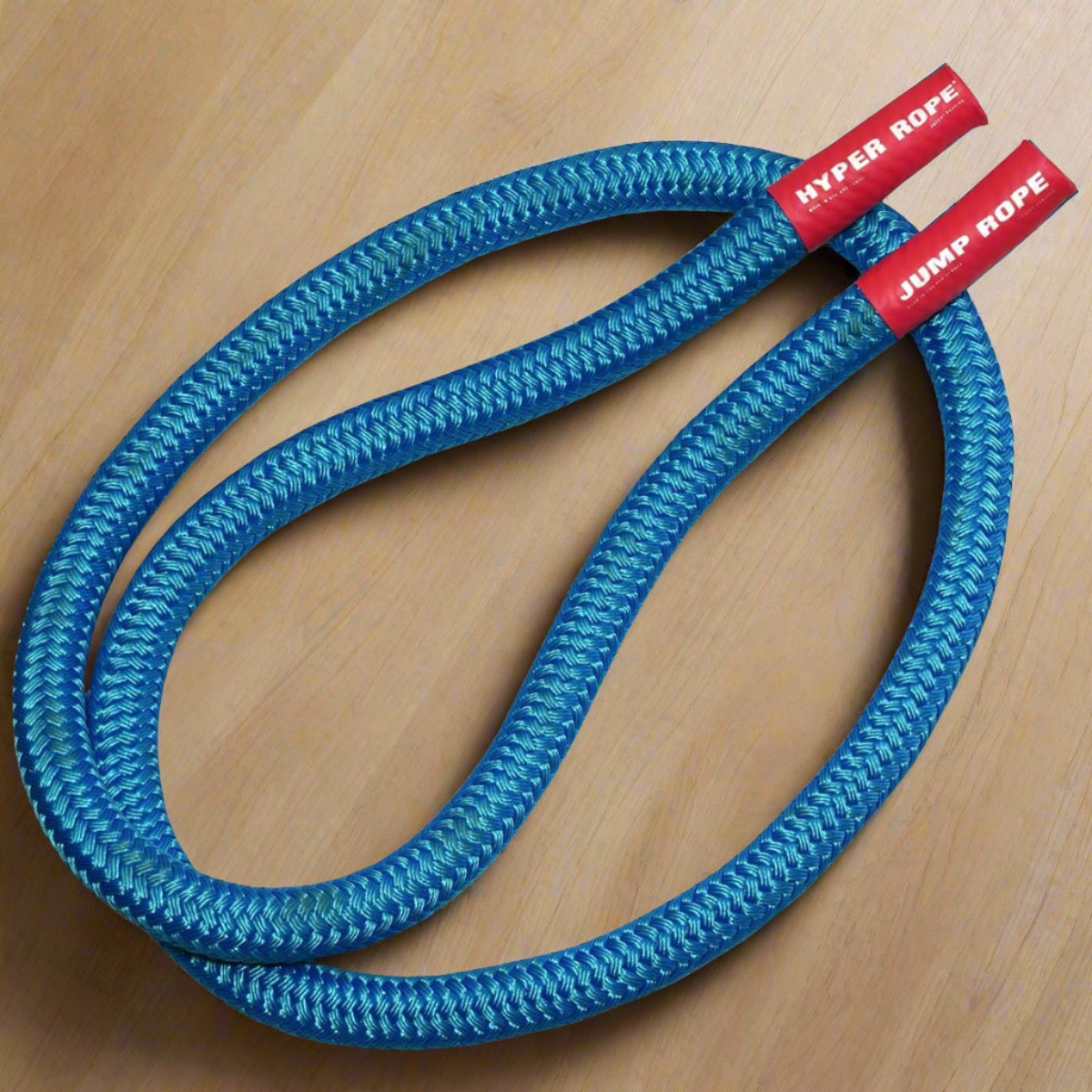Le pourquoi et le comment de la marche à pied pour l'ostéoporose
Le rucking, la pratique de la marche avec un sac à dos ou un gilet lesté, est devenu un exercice physique efficace et de plus en plus populaire. Le rucking consiste à porter du poids pendant la marche, ce qui peut être fait à l'aide de gilets lestés ou de sacs à dos lestés. Cette forme d'exercice améliore non seulement la santé cardiovasculaire et renforce la force, mais présente également des avantages potentiels pour la santé des os, en particulier chez les personnes atteintes d'ostéoporose.
Définition du rucking
Le rucking est un exercice simple qui consiste à porter un sac à dos lesté pendant la marche ou la randonnée. Un gilet lesté est une autre forme de rucking. Le rucking se pratique généralement à l'extérieur, ce qui ajoute aux avantages. Le poids utilisé varie en fonction de votre niveau de forme physique et de vos objectifs. Contrairement à la musculation traditionnelle, le rucking offre un moyen à faible impact d'améliorer la densité osseuse et la forme physique générale, ce qui le rend adapté à un large éventail de personnes, y compris celles atteintes d'ostéoporose.
Recherche sur les gilets lestés et l'ostéoporose
Des recherches ont montré que le port de gilets lestés peut être bénéfique pour les personnes atteintes d’ostéoporose. Les gilets lestés exercent des forces de compression sur les os, stimulant l’activité des ostéoblastes, essentielle à la formation et au renforcement des os. Des études ont montré que l’utilisation de gilets lestés peut contribuer à améliorer la densité minérale osseuse et à réduire le risque de fractures chez les patients ostéoporotiques.
- Sinaki et al. (1996) : ont constaté que le port d’un gilet lesté peut augmenter la densité osseuse et diminuer le risque de fractures chez les femmes ménopausées.
- Shipp et al. (2010) : ont démontré que les gilets lestés améliorent l’équilibre et la densité osseuse chez les femmes âgées, réduisant ainsi le risque de chute et les fractures associées.
Pour plus d’informations, consultez notre article de blog sur les gilets lestés et l’ostéoporose .
Ostéoporose et transport de sacs à dos lestés
Deux articles scientifiques publiés étudient spécifiquement le rucking pour l’ostéoporose :
Étude 1 : Technique de charge par biofeedback dans la rééducation des patients ostéoporotiques
Cette étude, menée par Jaroslava Wendlova, explore l'utilisation du port d'un sac à dos comme technique de rééducation pour les patients ostéoporotiques . L'étude met l'accent sur les avantages biomécaniques du port d'un sac à dos, notamment :
Forces de compression : Le port d’un sac à dos exerce des forces de compression sur les vertèbres et le fémur proximal, stimulant les ostéoblastes et favorisant la formation osseuse.
Équilibre musculaire : Alterner la position du sac à dos entre l’avant et l’arrière aide à équilibrer les muscles du tronc, réduisant ainsi les déséquilibres musculaires.
Avantages de la rééducation : L’étude suggère que le port d’un sac à dos peut être une méthode de rééducation peu coûteuse et accessible pour les patients souffrant d’ostéoporose non compliquée et ceux souffrant de fractures vertébrales.
Principales conclusions:
- Les patients souffrant de fractures vertébrales doivent transporter jusqu'à 1 kg (2,25 lb) dans le sac à dos.
- Les patients sans fractures vertébrales peuvent augmenter la charge jusqu’à 2 kg (4,5 lb).
- Porter régulièrement un sac à dos peut améliorer la force musculaire, l’équilibre et la densité osseuse.
Étude 2 : L'importance du port d'un sac à dos dans la rééducation des patients ostéoporotiques
Cette étude de Wendlova examine plus en détail le rôle du port d'un sac à dos dans la rééducation ostéoporotique. L'article met en évidence plusieurs aspects clés :
Déséquilibre musculaire : porter un sac à dos aide à corriger les déséquilibres musculaires du tronc, ce qui est crucial pour maintenir la stabilité et la posture chez les patients ostéoporotiques.
Résistance osseuse : L’étude renforce le fait que les forces de compression générées par le port d’un sac à dos stimulent l’activité des ostéoblastes, améliorant ainsi la résistance osseuse.
Application pratique : L’étude suggère que le port d’un sac à dos est un outil de rééducation pratique et efficace qui peut être facilement intégré aux activités quotidiennes, comme la marche dans le parc ou la randonnée légère.
Résultats principaux : « Pour les patients souffrant d’ostéoporose simple ainsi que pour ceux souffrant de fractures vertébrales ostéoporotiques, le port régulier d’un sac à dos représente une rééducation quotidienne facilement accessible et efficace à faible coût, qui fait partie de leur thérapie physique. Il permet au patient de porter un sac à dos tout en faisant de petites courses, en se promenant dans un parc ou sur d’autres terrains faciles. » L’ analyse biomécanique soutient l’utilisation de sacs à dos pour améliorer la densité osseuse et l’équilibre musculaire . La charge recommandée pour les patients sans fractures vertébrales est de 2 kg (4,5 lb), tandis que ceux qui ont des fractures doivent limiter la charge à 1 kg (2,25 lb) .
Conseils sur la marche à pied pour les personnes souffrant d'ostéoporose
Lorsque vous débutez la randonnée avec une ostéoporose, il est préférable de suivre ces directives :
- Consultez votre médecin : Consultez toujours votre professionnel de la santé avant de commencer un nouveau programme d’exercice.
- Commencez léger : commencez avec un sac à dos léger et augmentez progressivement le poids à mesure que votre force et votre endurance s'améliorent.
- Entraînement progressif : augmentez lentement la durée et l’intensité de vos séances de randonnée pour éviter de surcharger vos os et vos muscles au début.
Conclusion - Le rucking pour l'ostéoporose
Le rucking est un exercice prometteur pour les personnes atteintes d'ostéoporose, car il permet de tirer parti des avantages du mouvement lesté pour améliorer la densité osseuse et la force musculaire. Avant de commencer, consultez votre médecin, commencez avec des poids légers et augmentez progressivement l'intensité de votre entraînement.
Prêt à améliorer votre santé osseuse grâce au rucking ? Découvrez le sac à dos de randonnée Hyper Ruck de Hyperwear et commencez dès aujourd'hui votre voyage vers des os plus forts !
En suivant ces directives et en tirant parti des avantages du rucking, vous pouvez prendre des mesures proactives pour gérer l’ostéoporose et améliorer votre santé globale.
